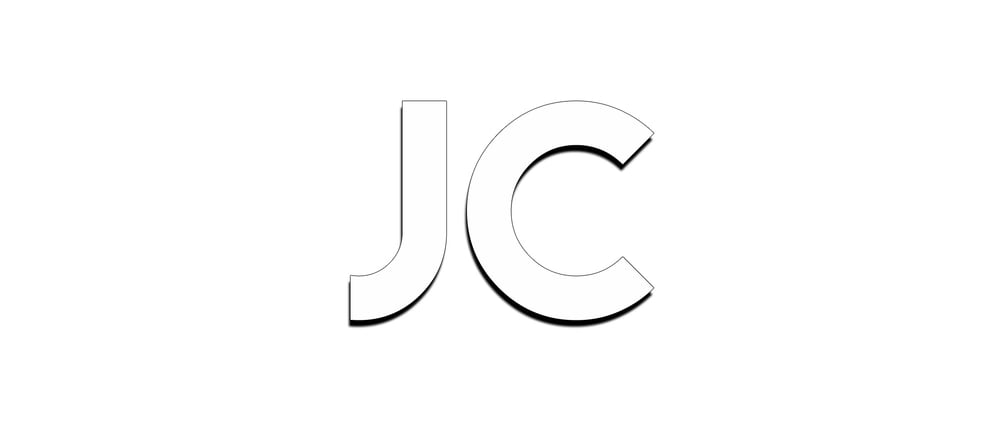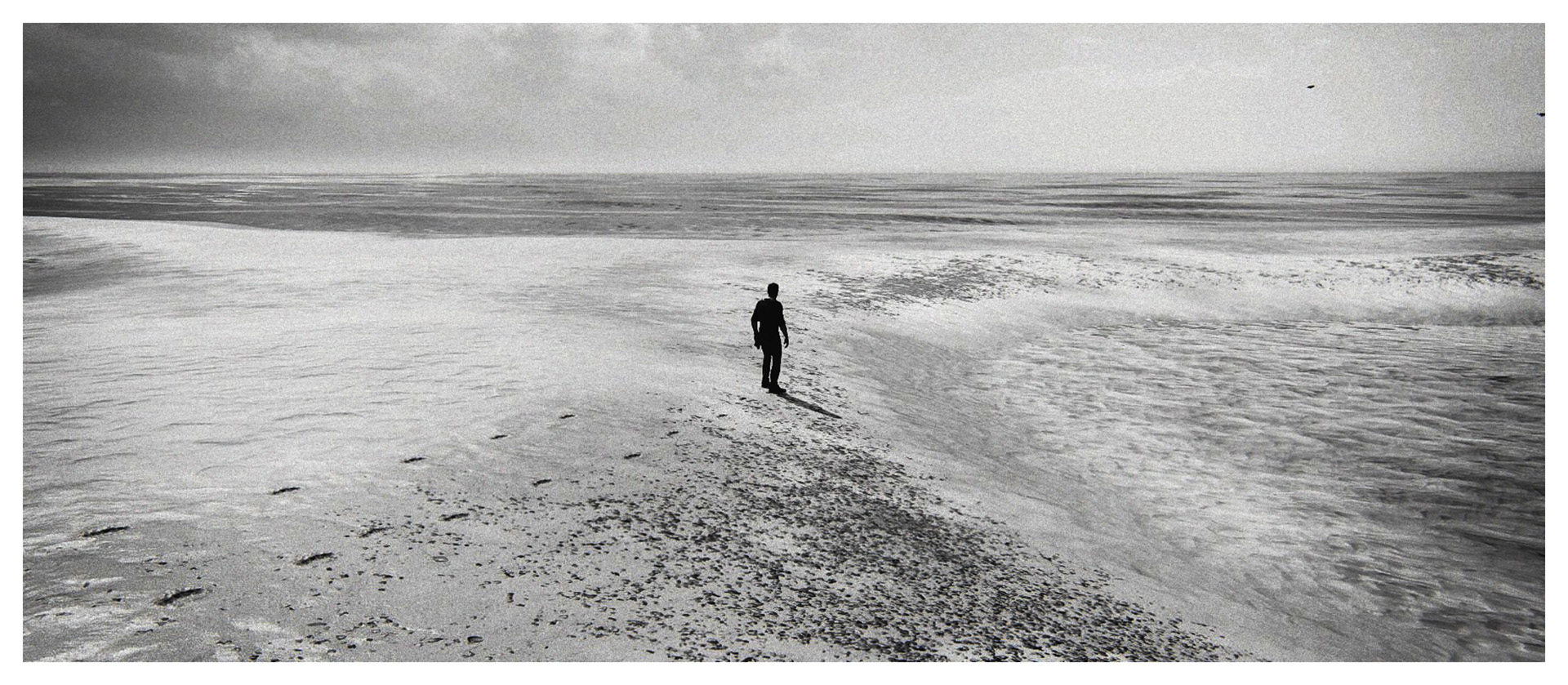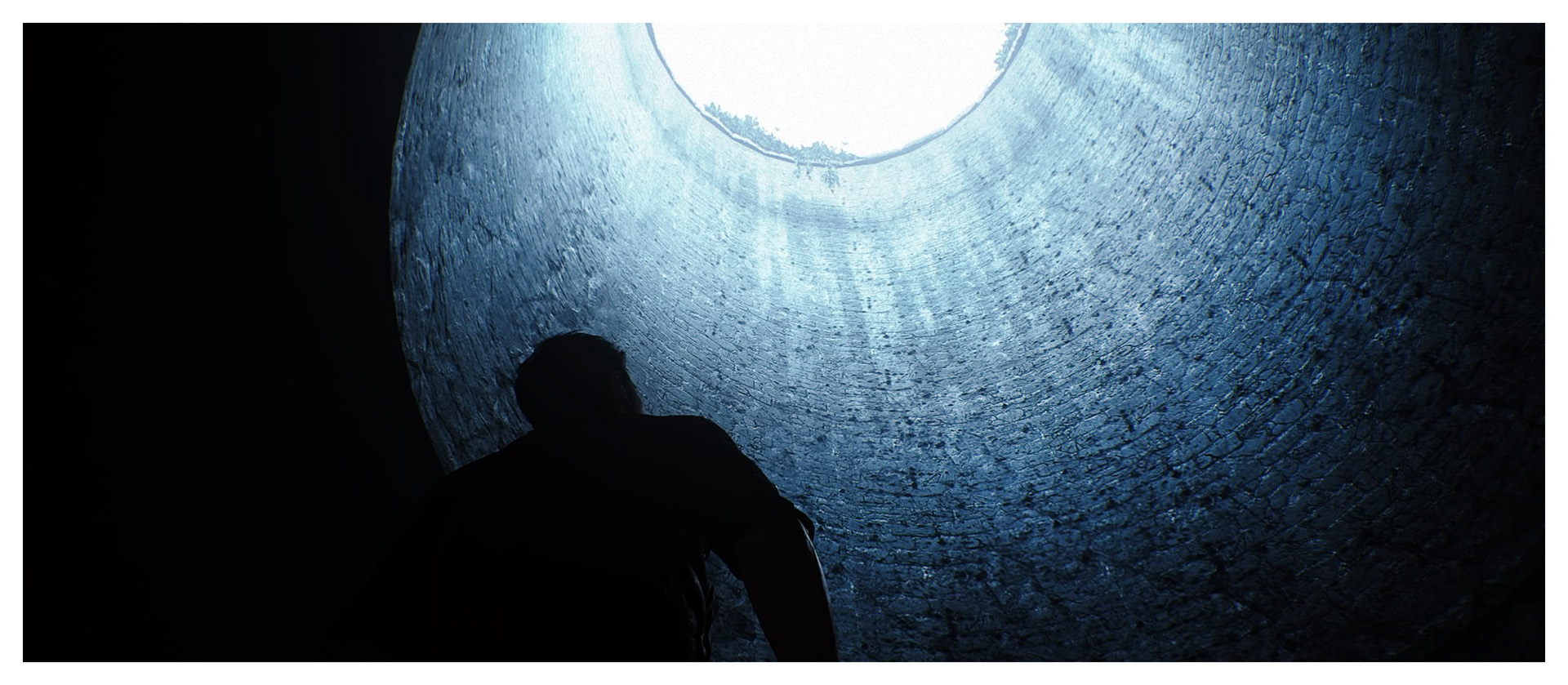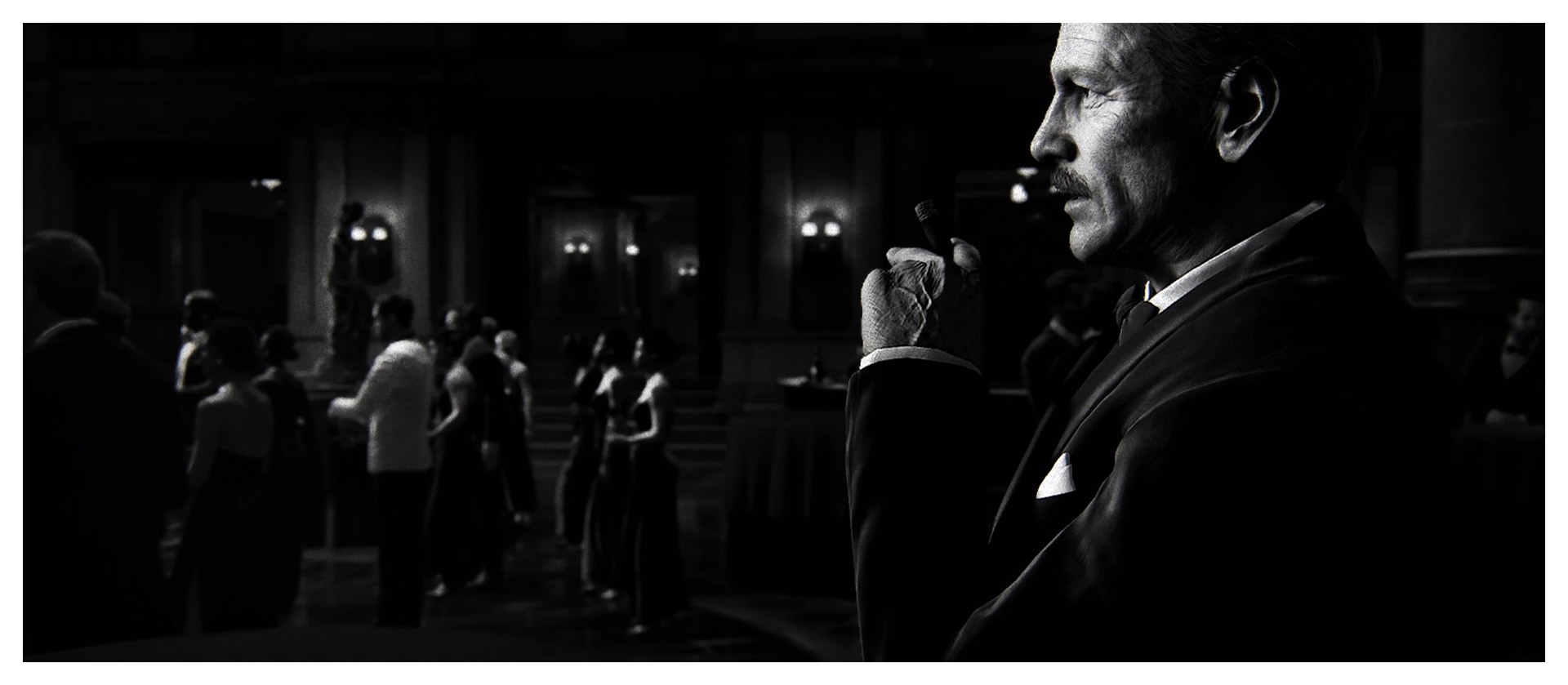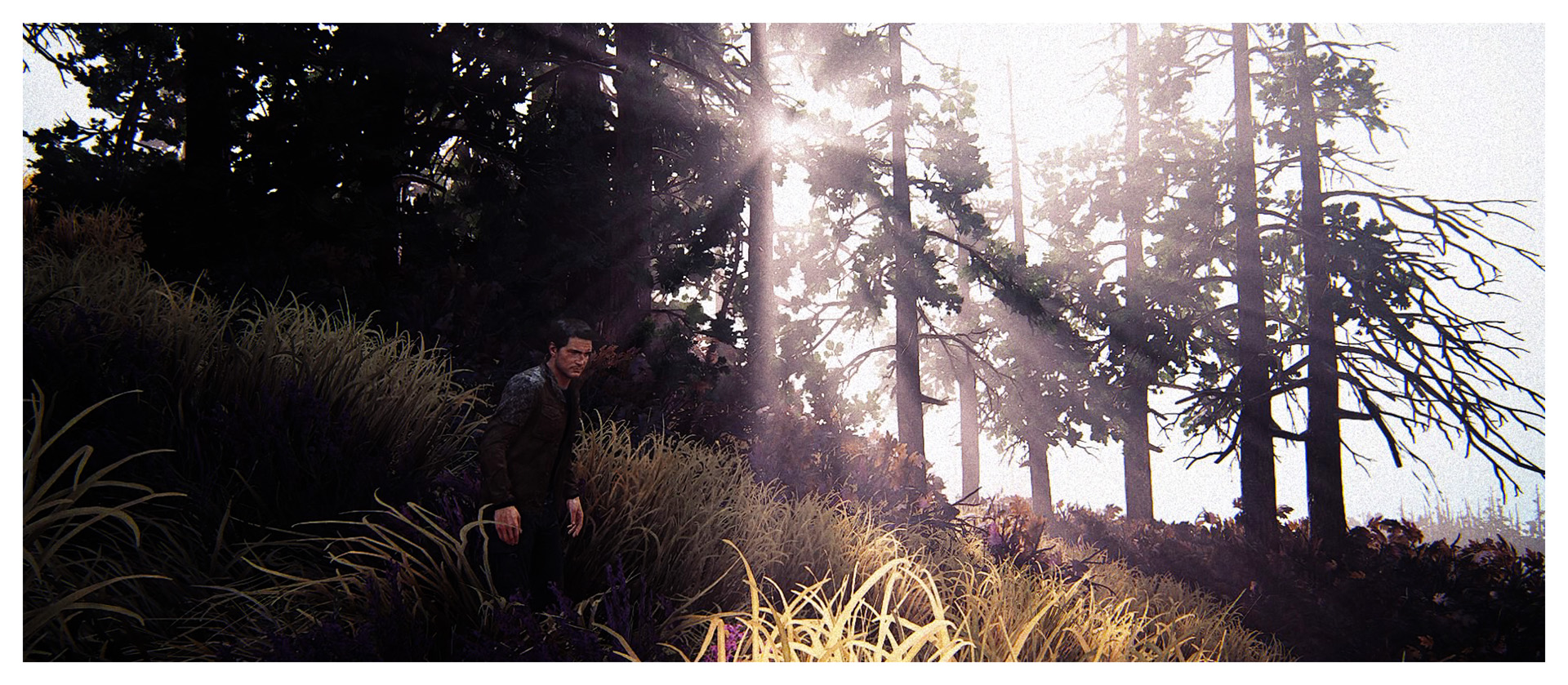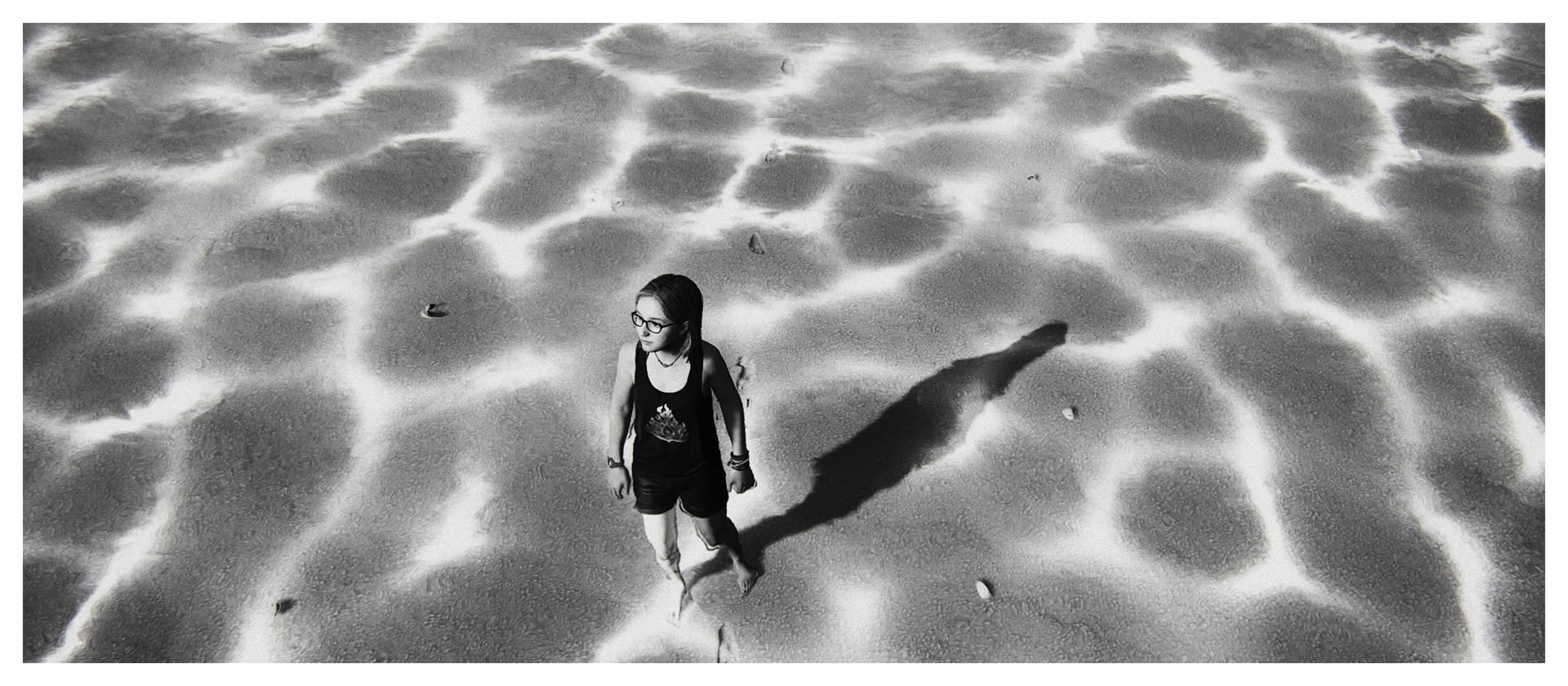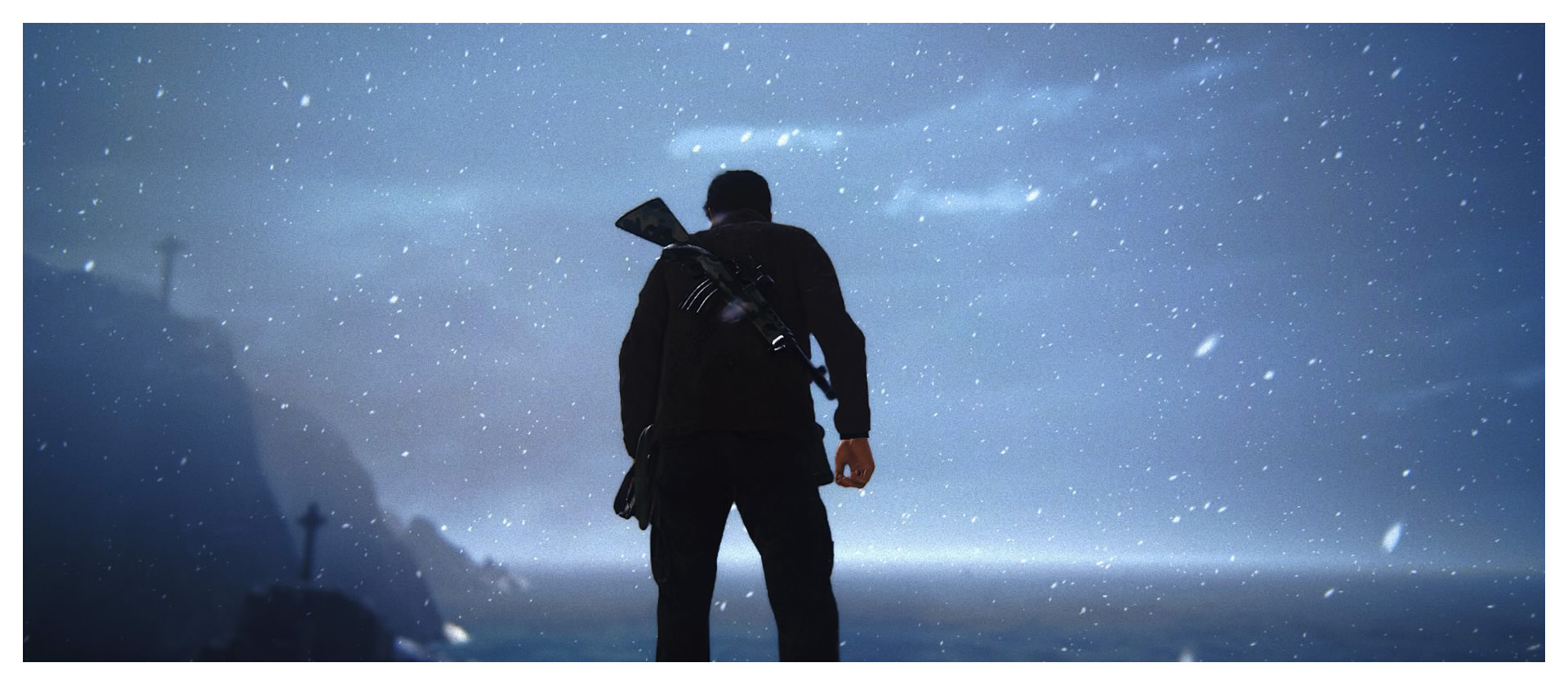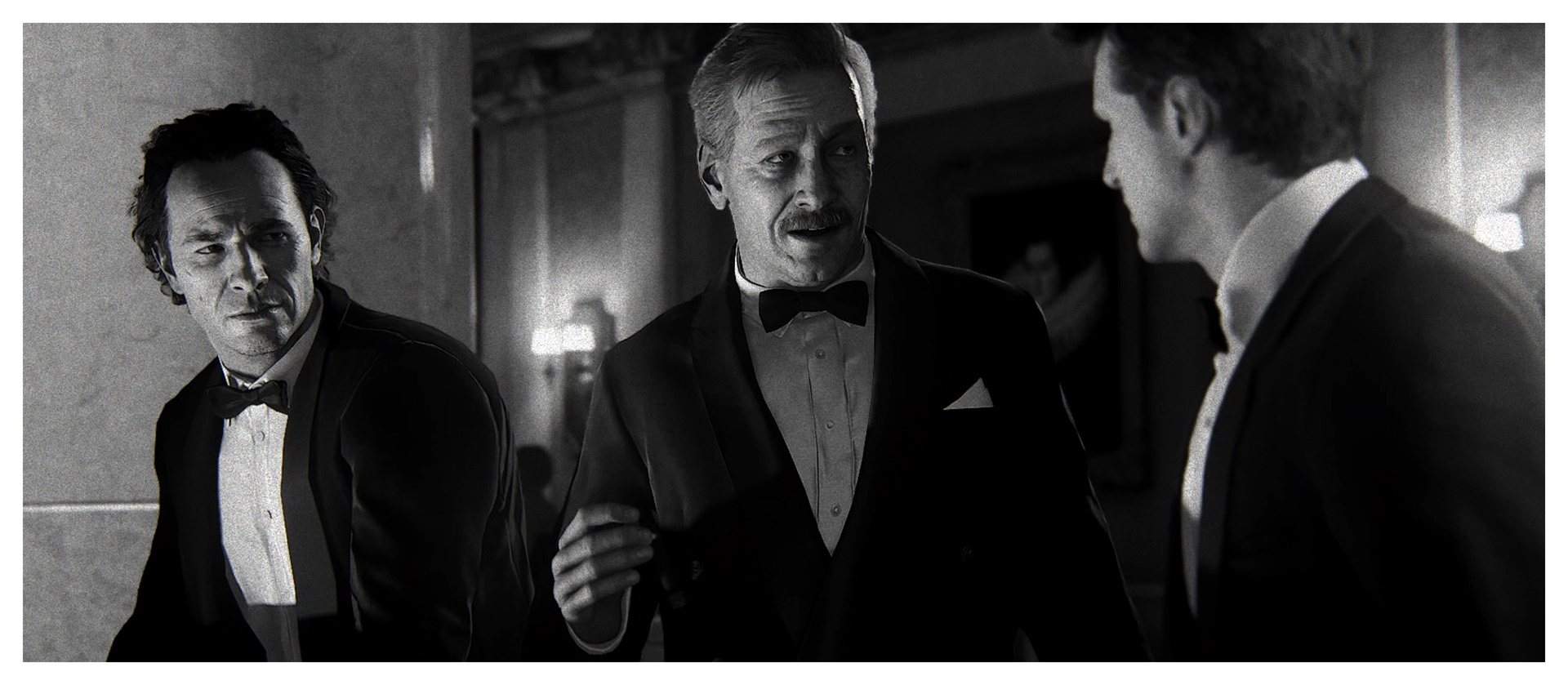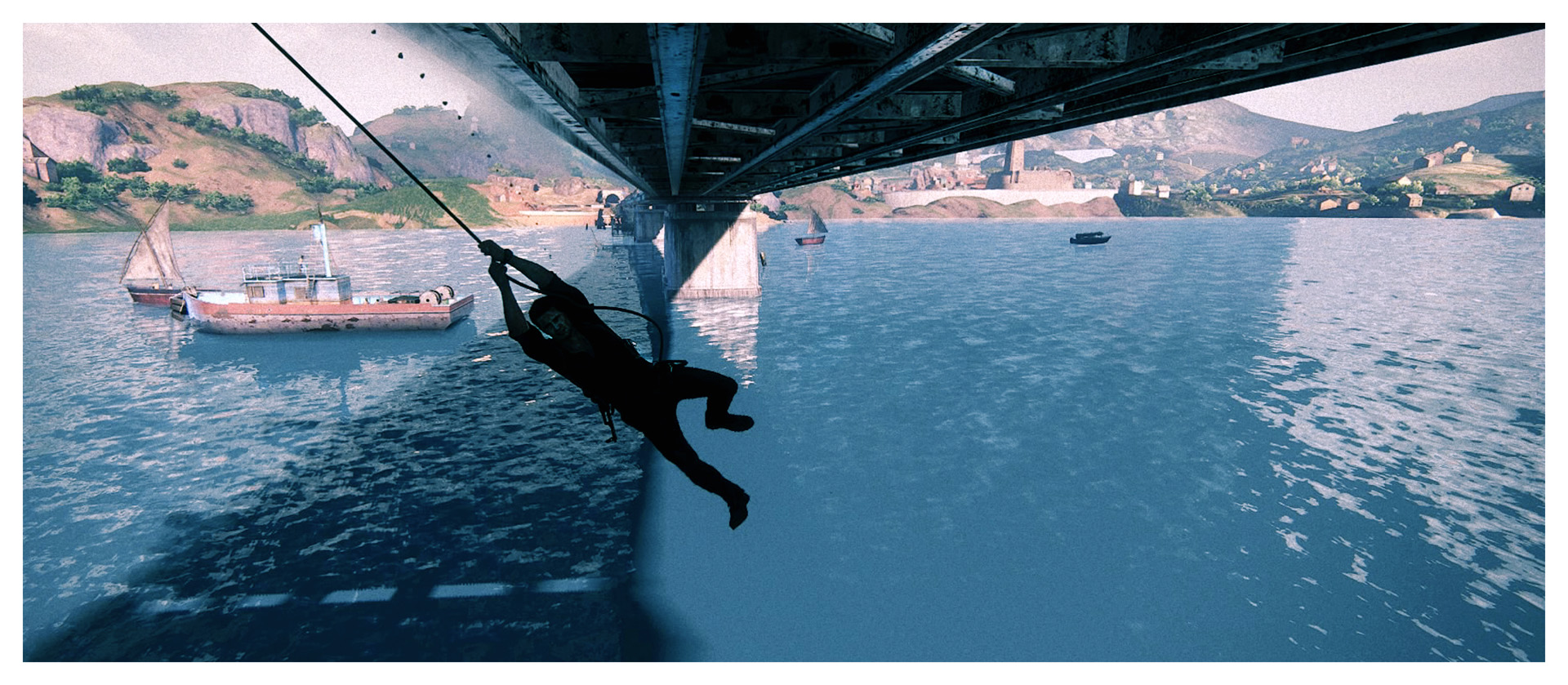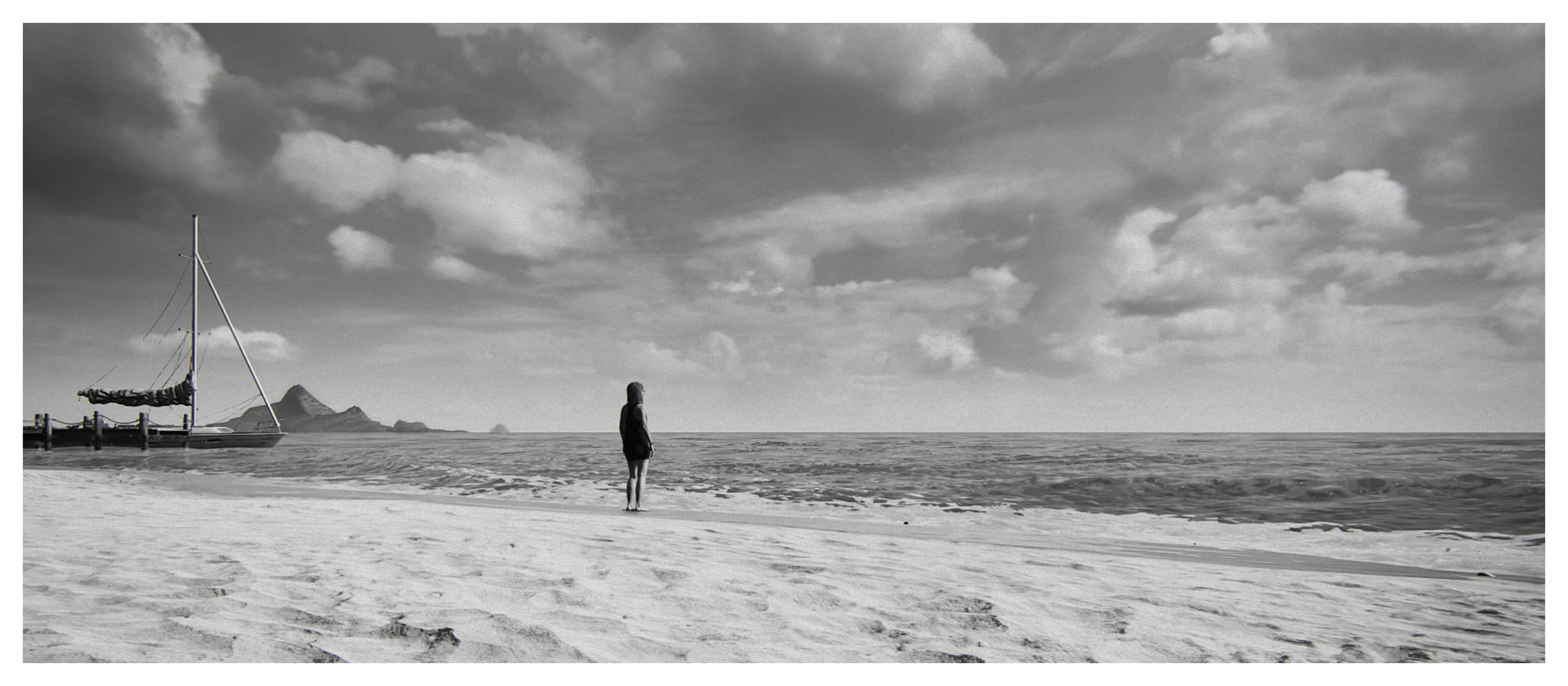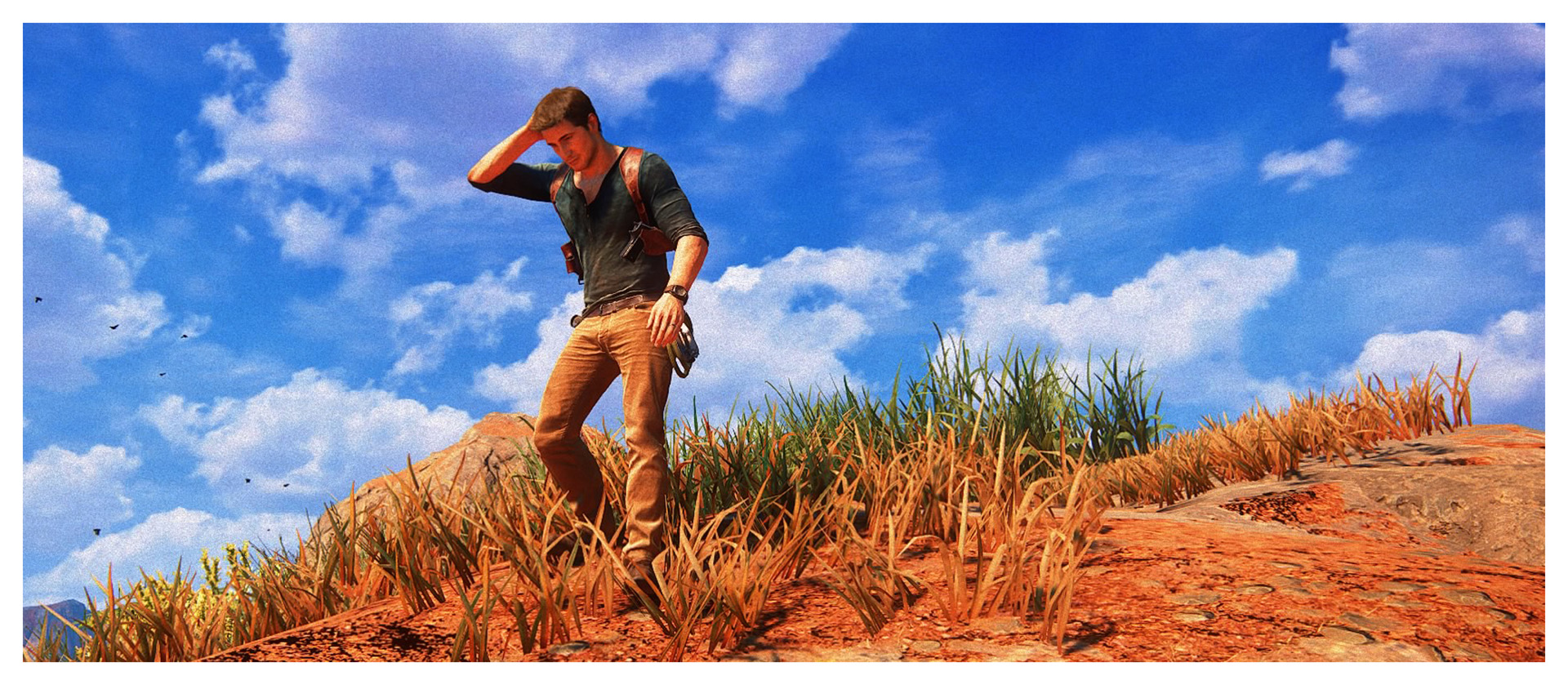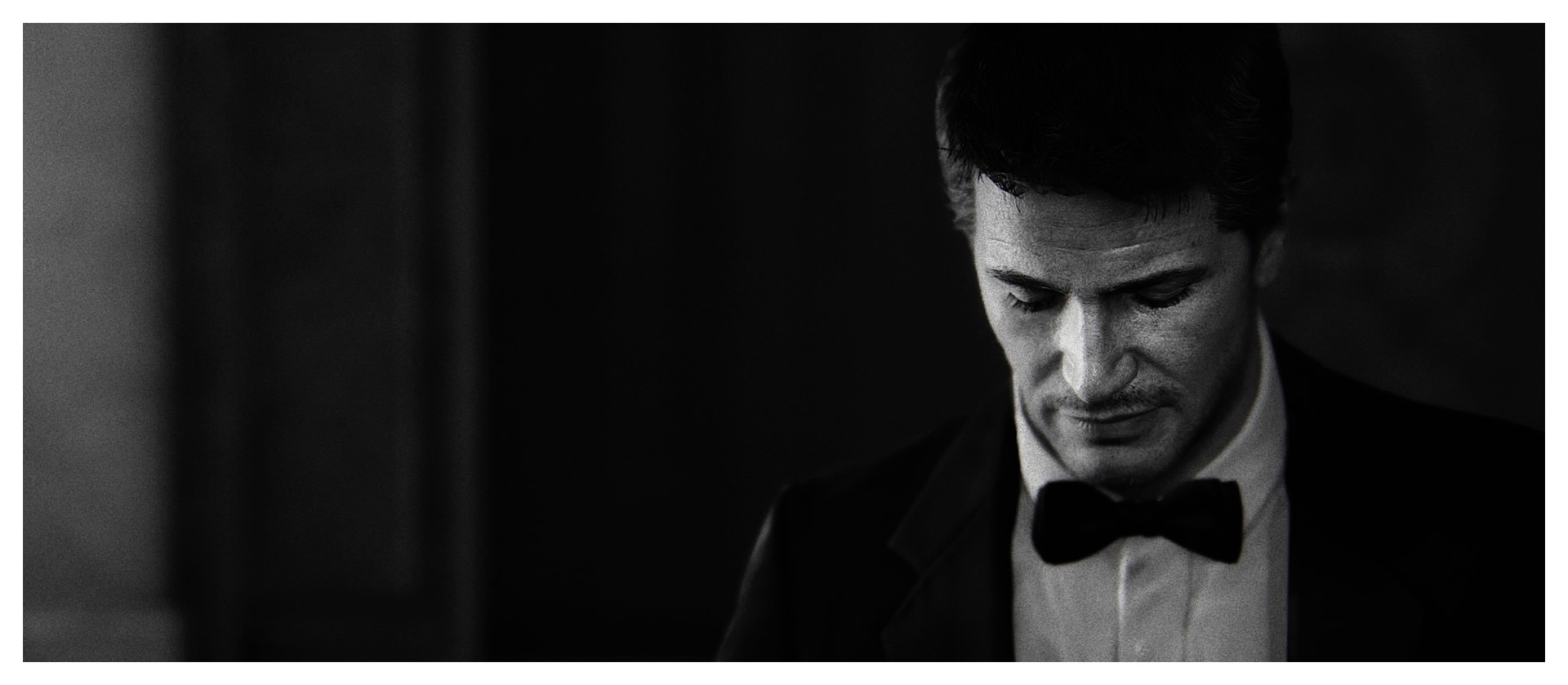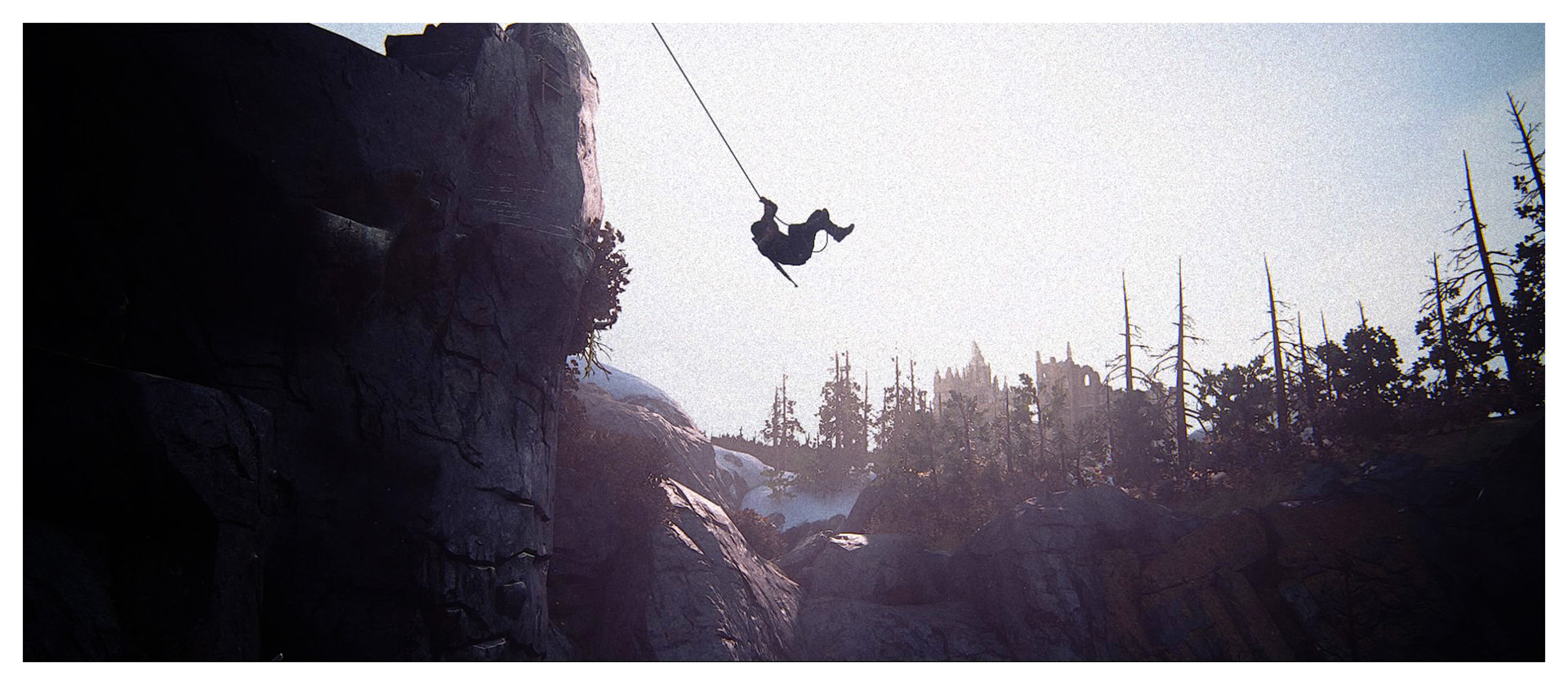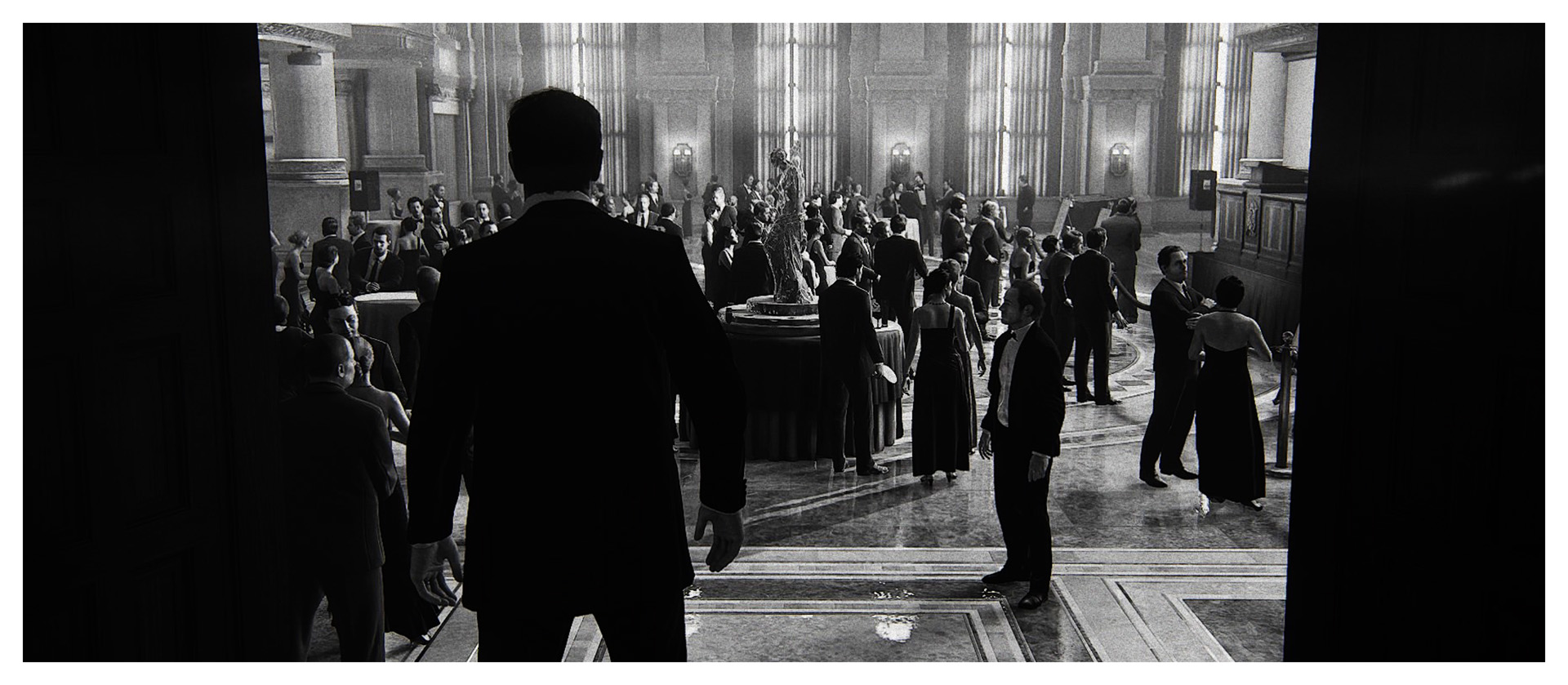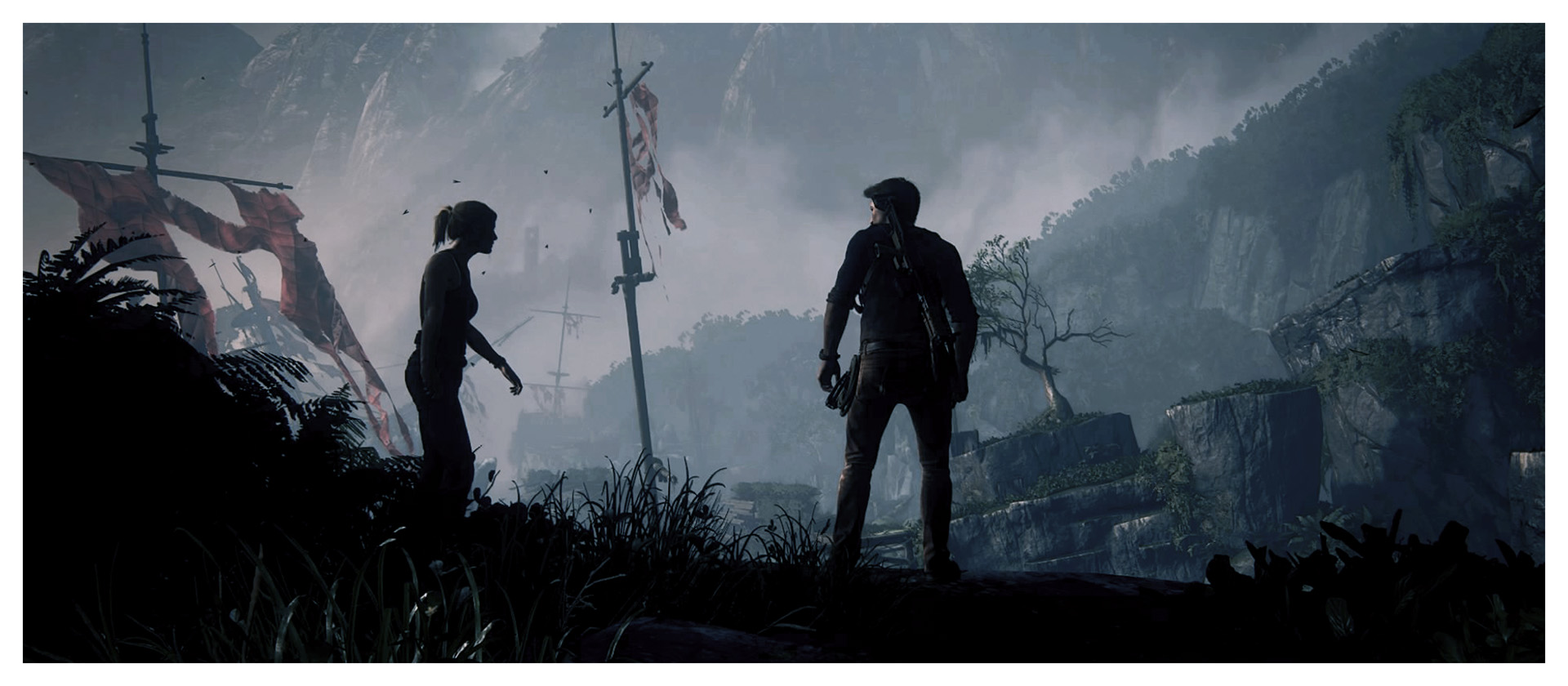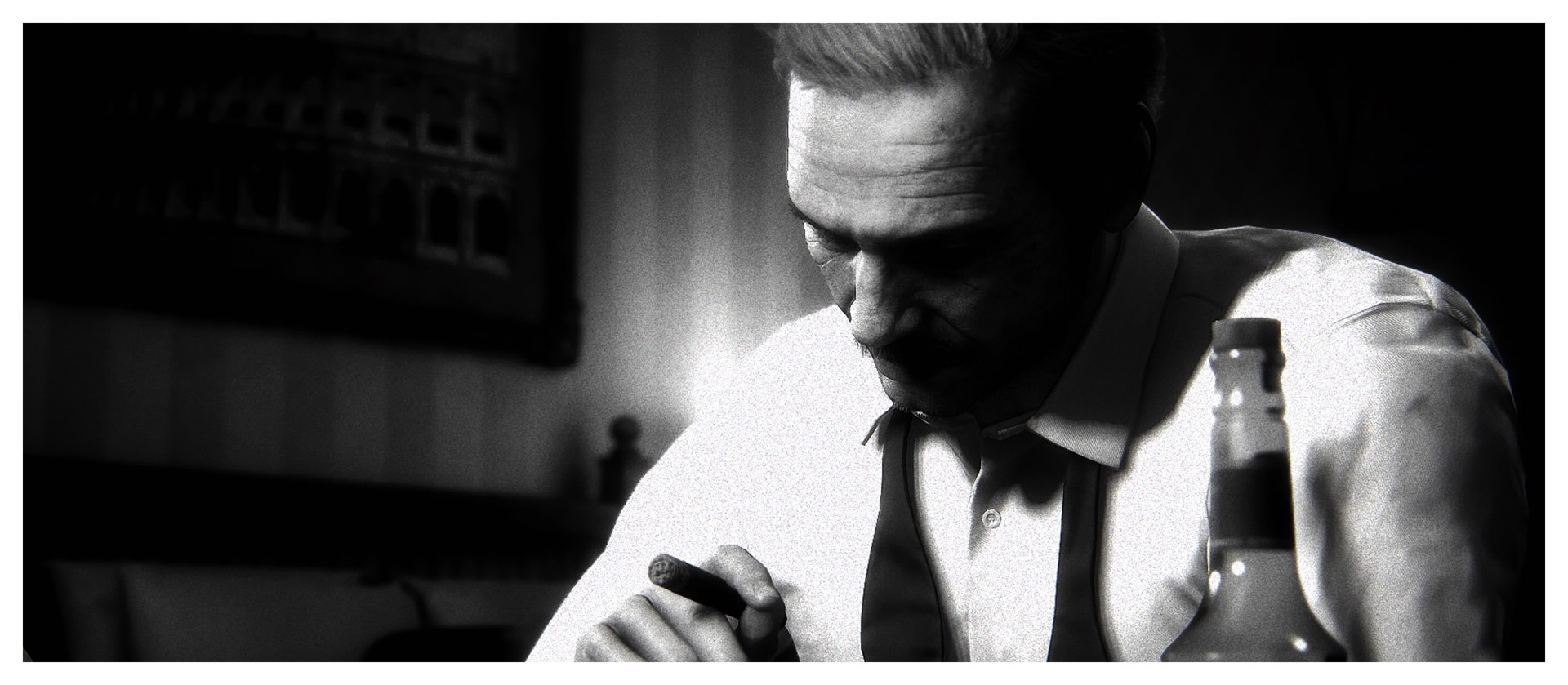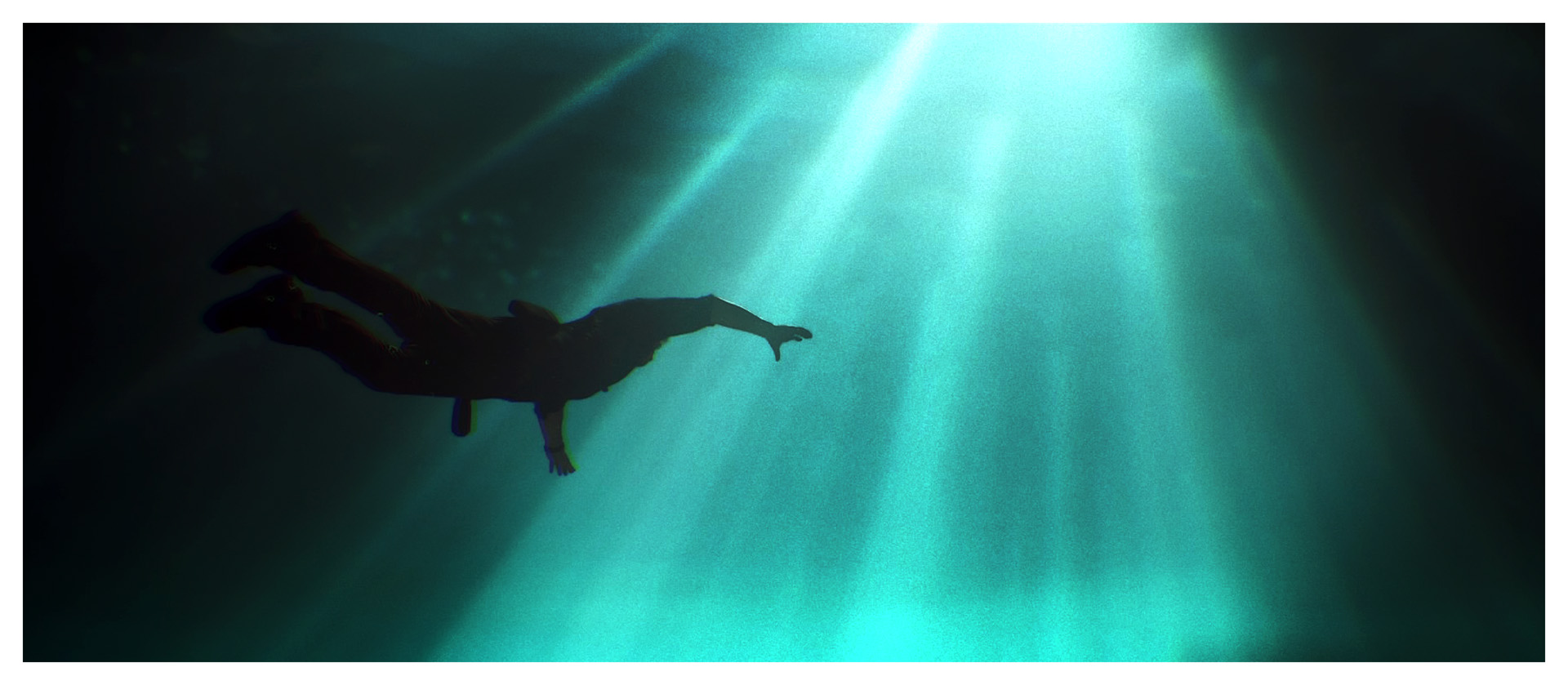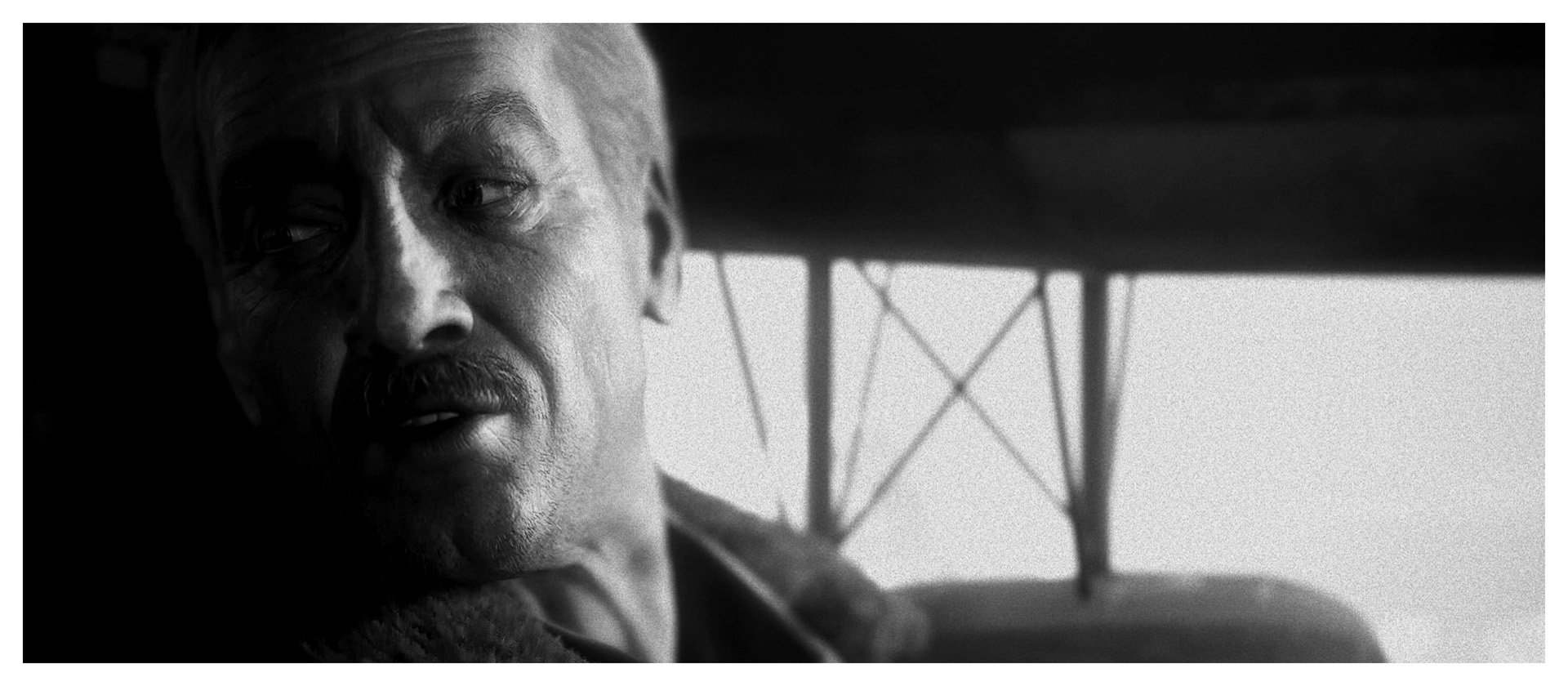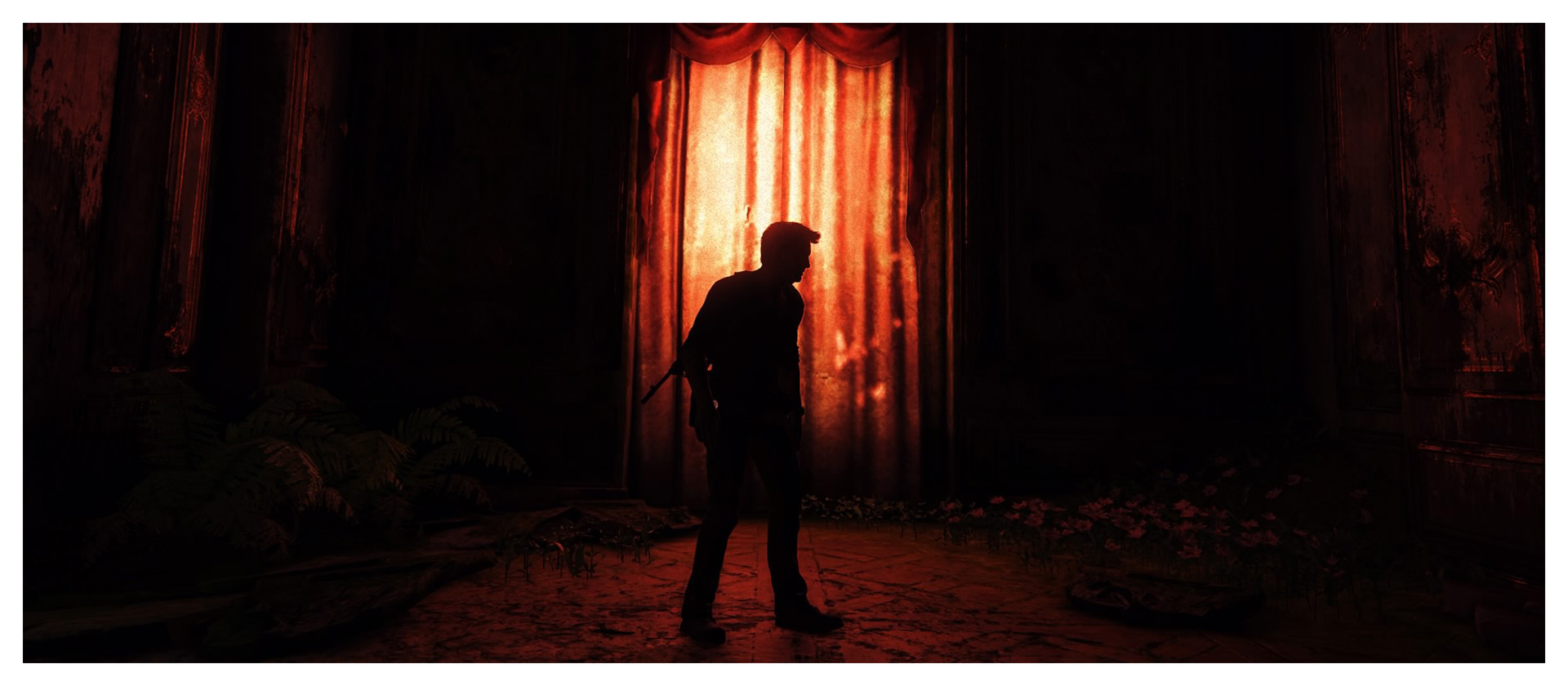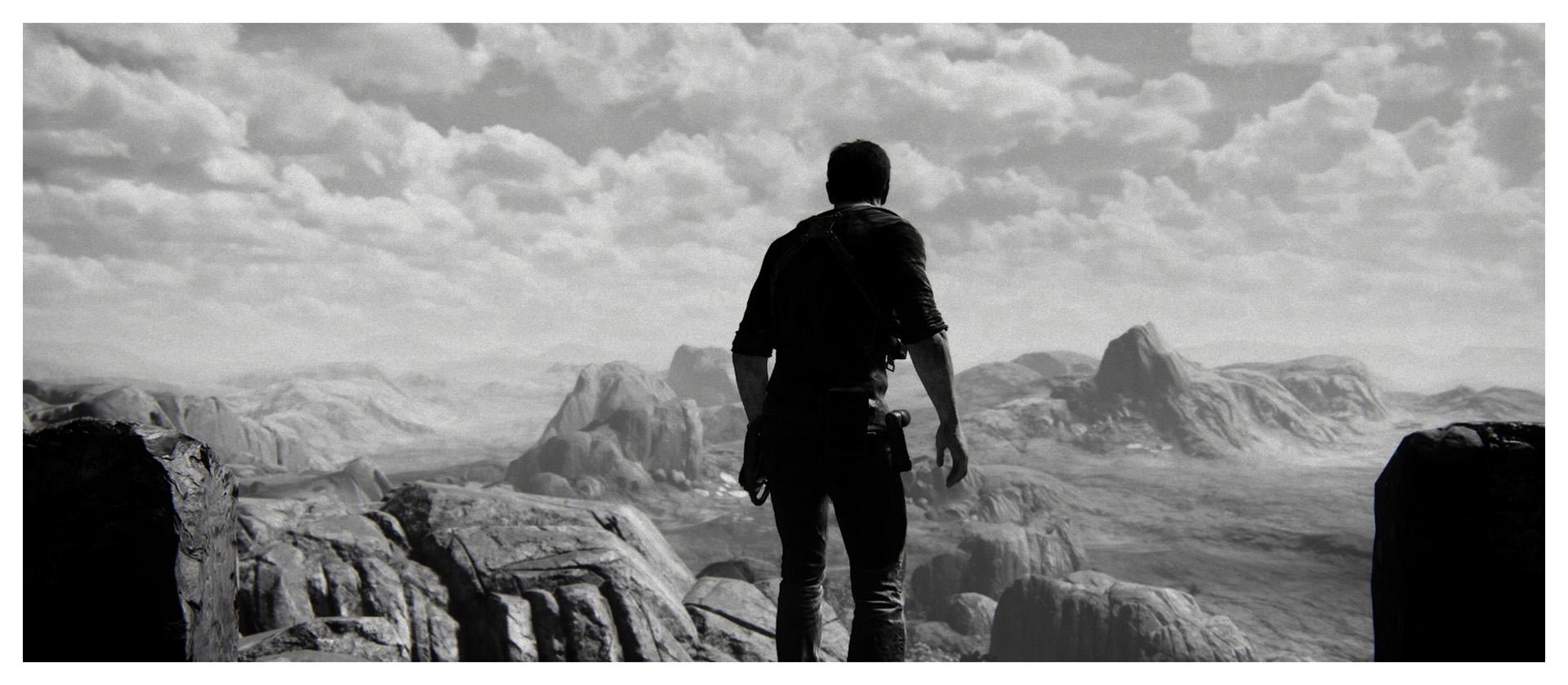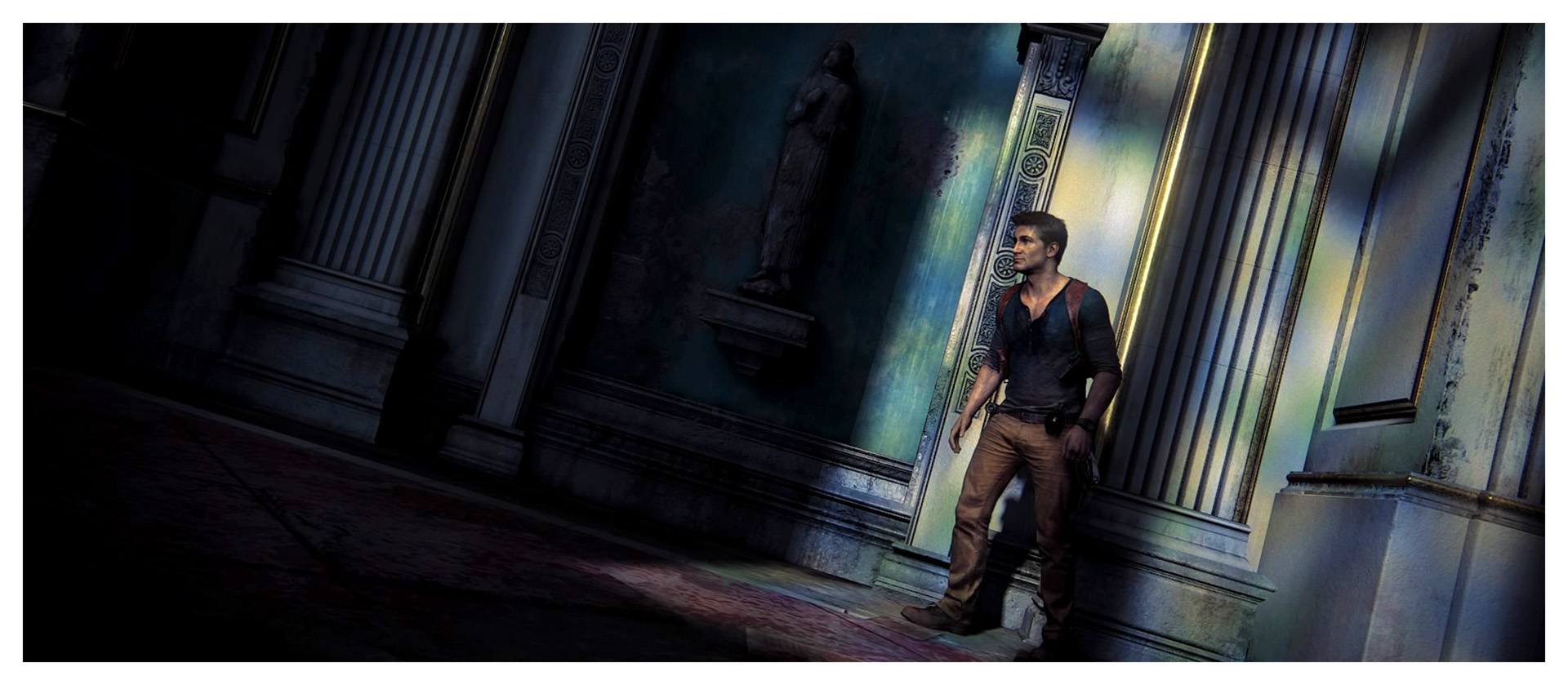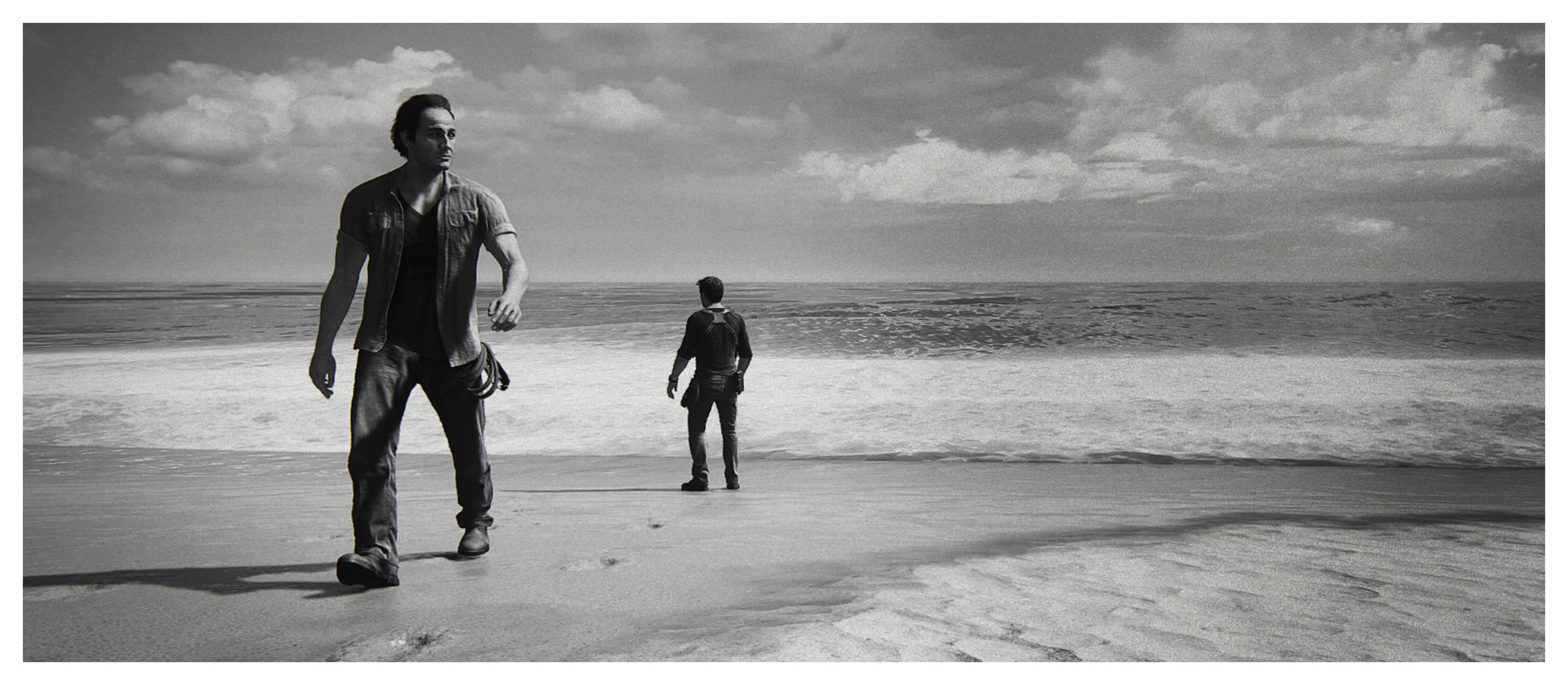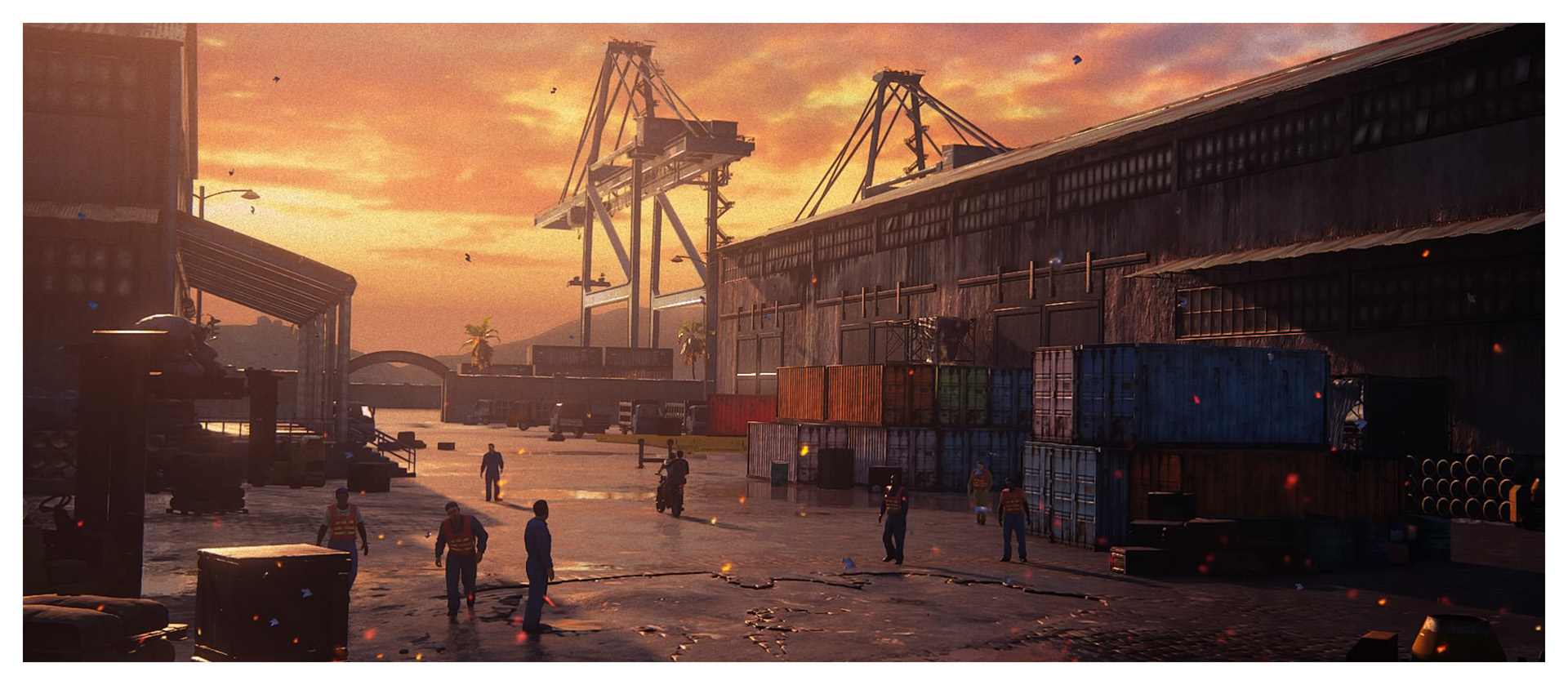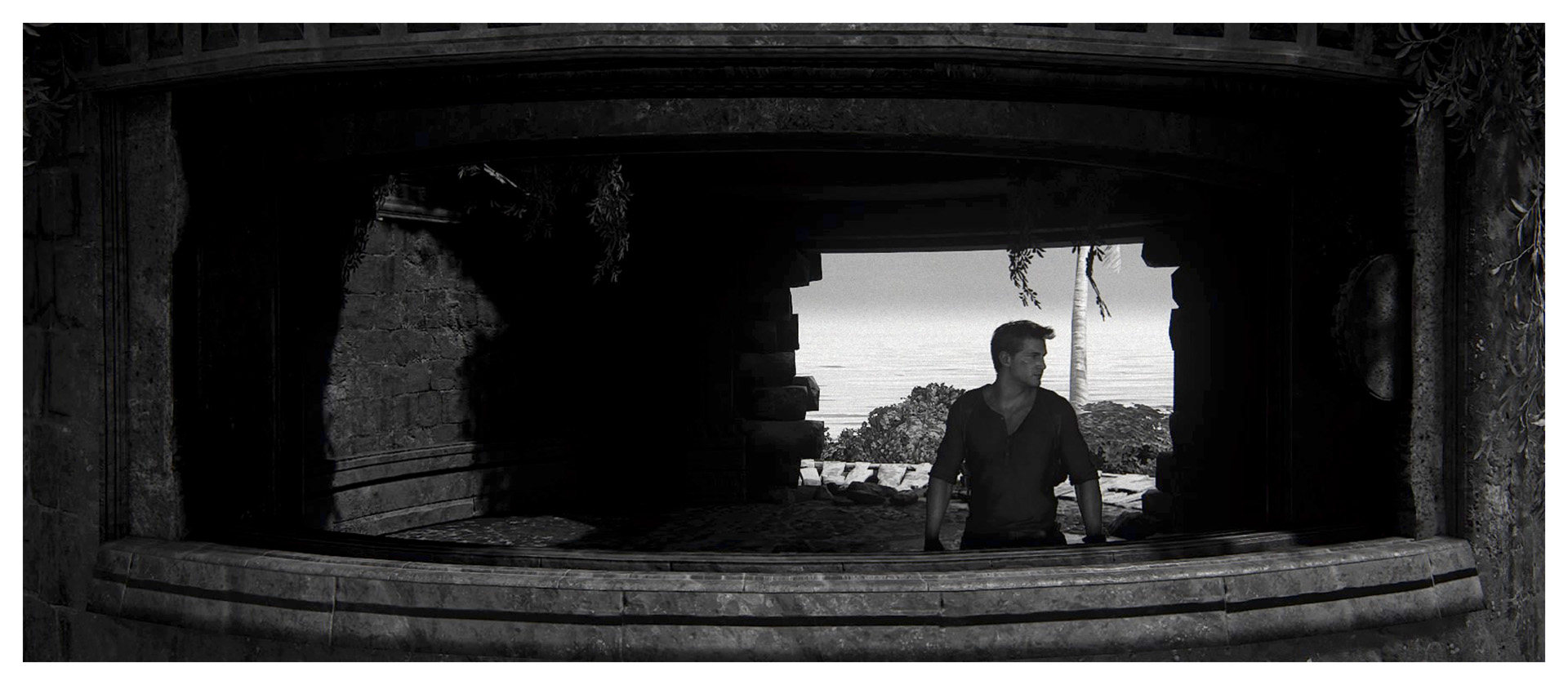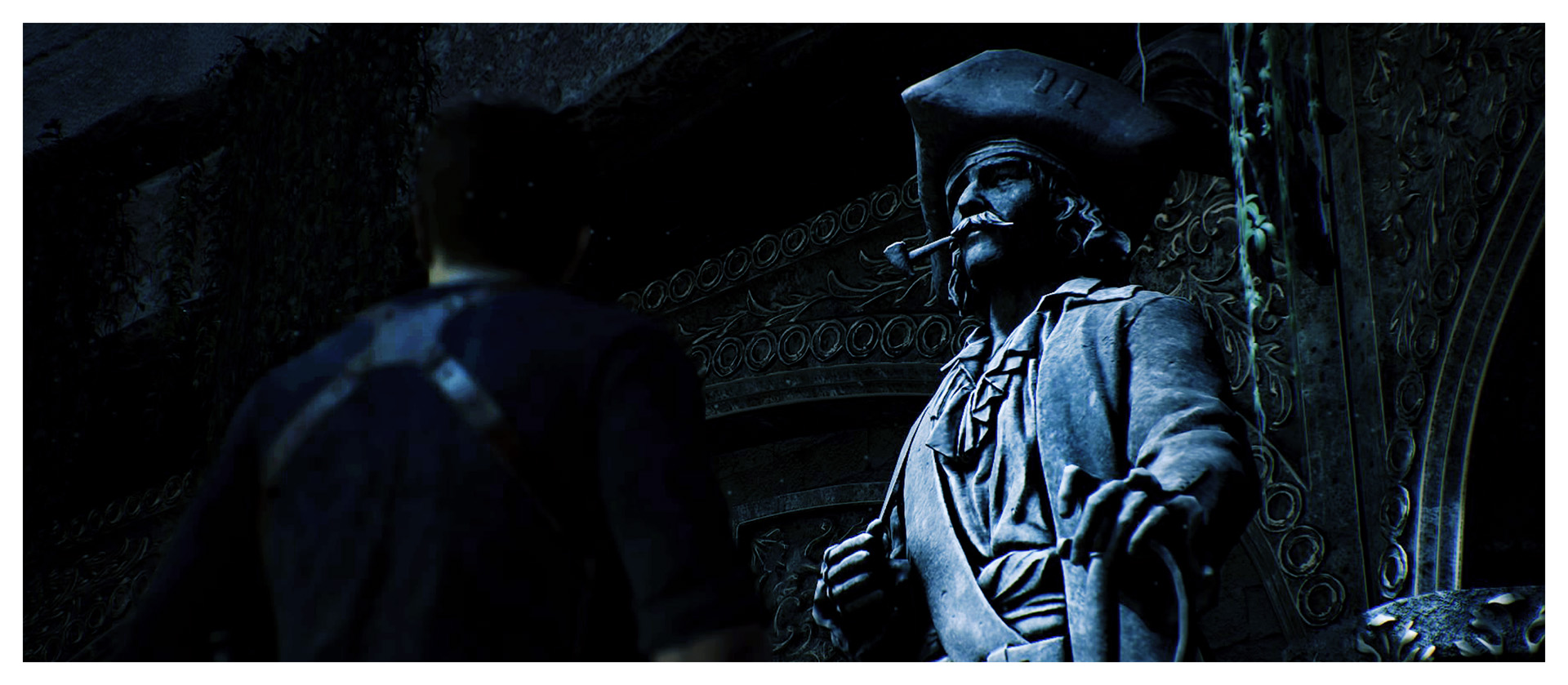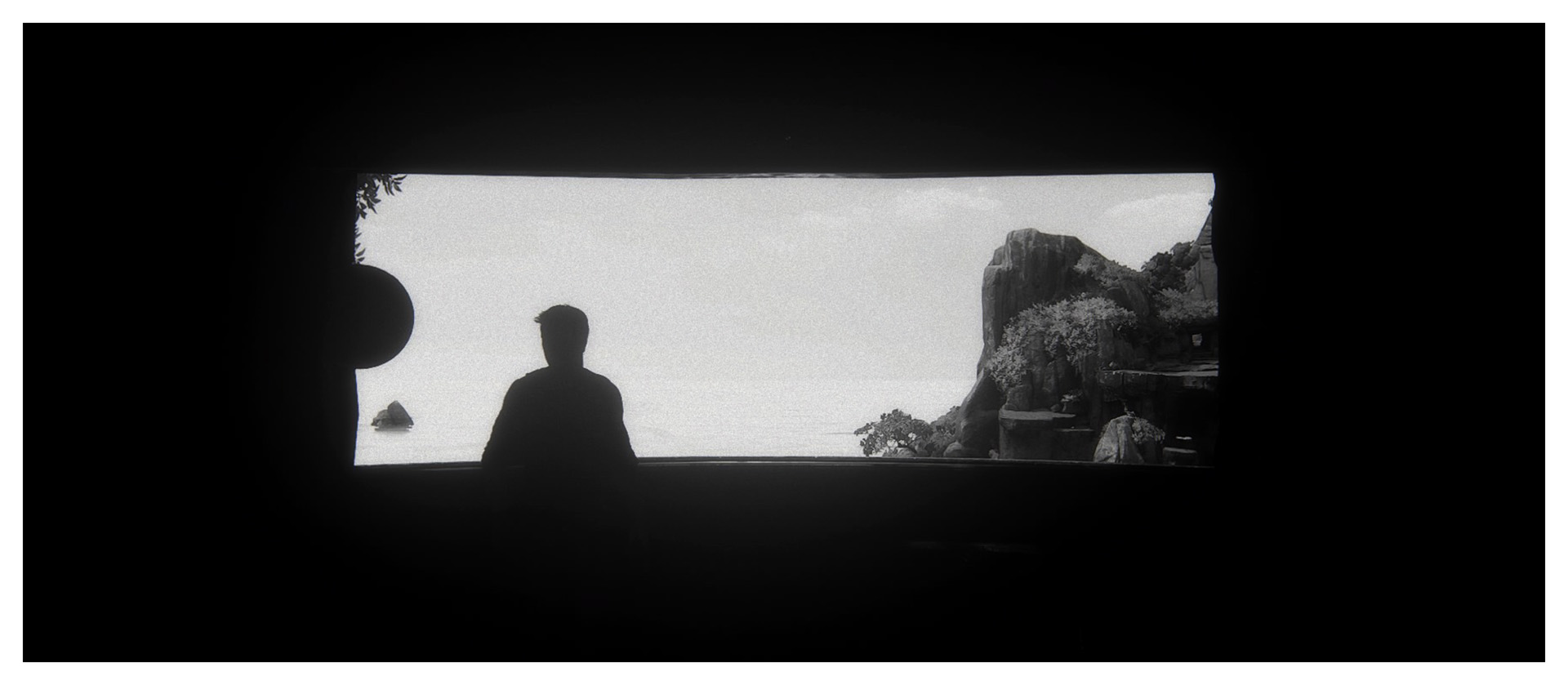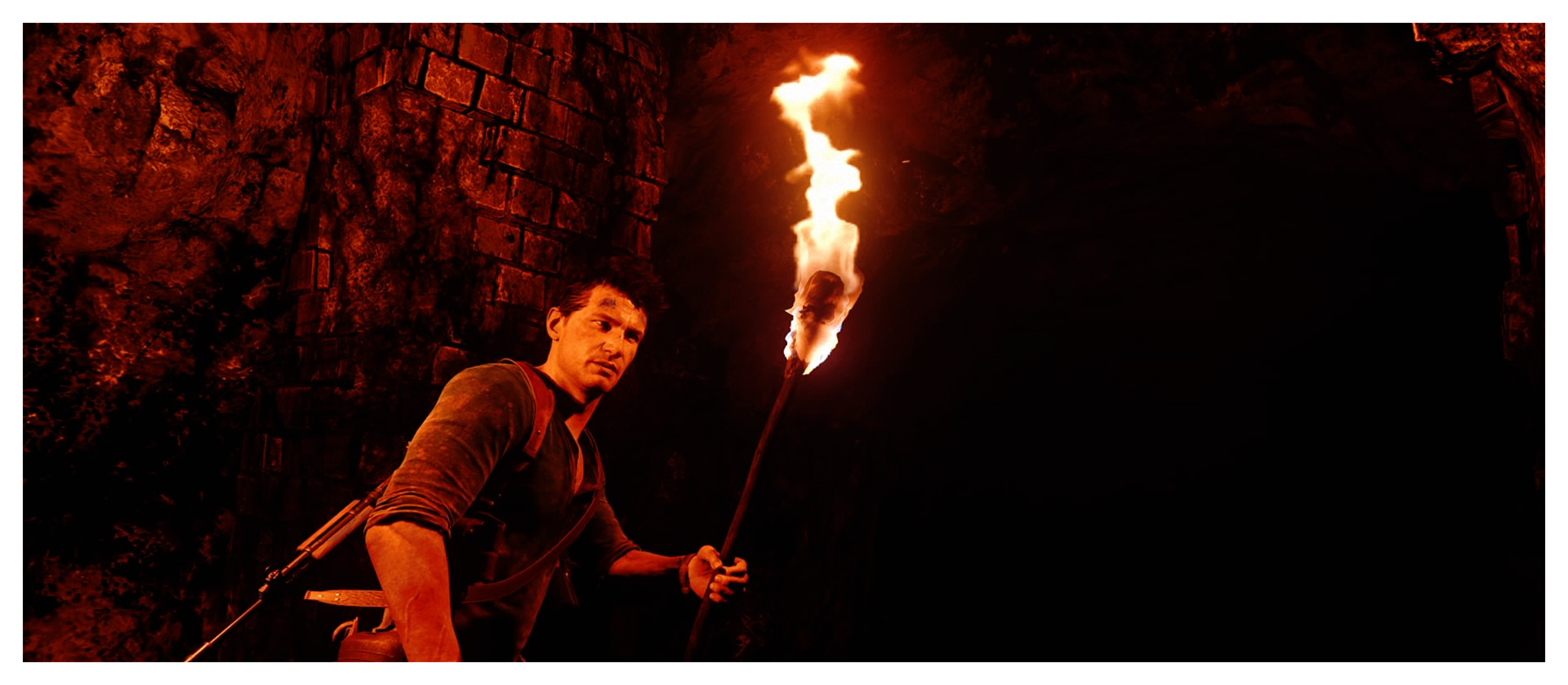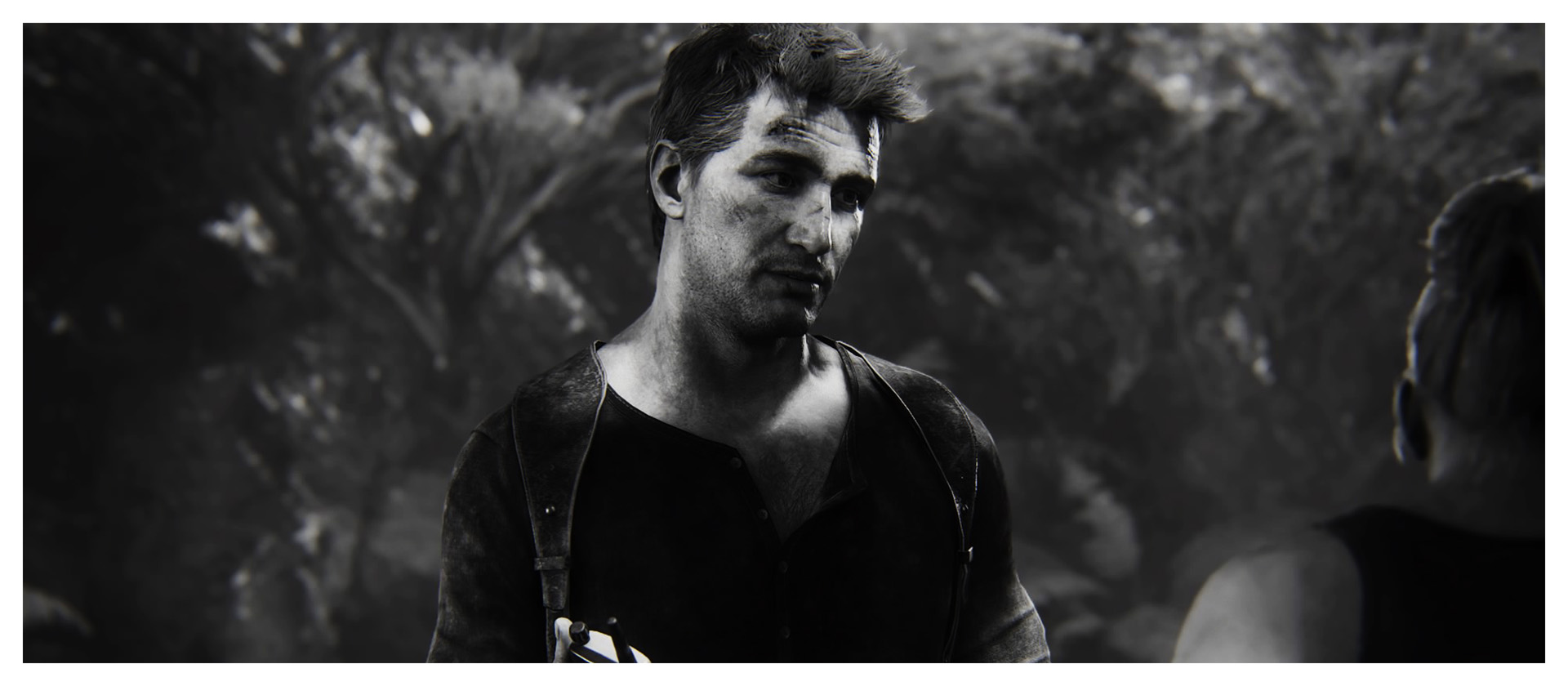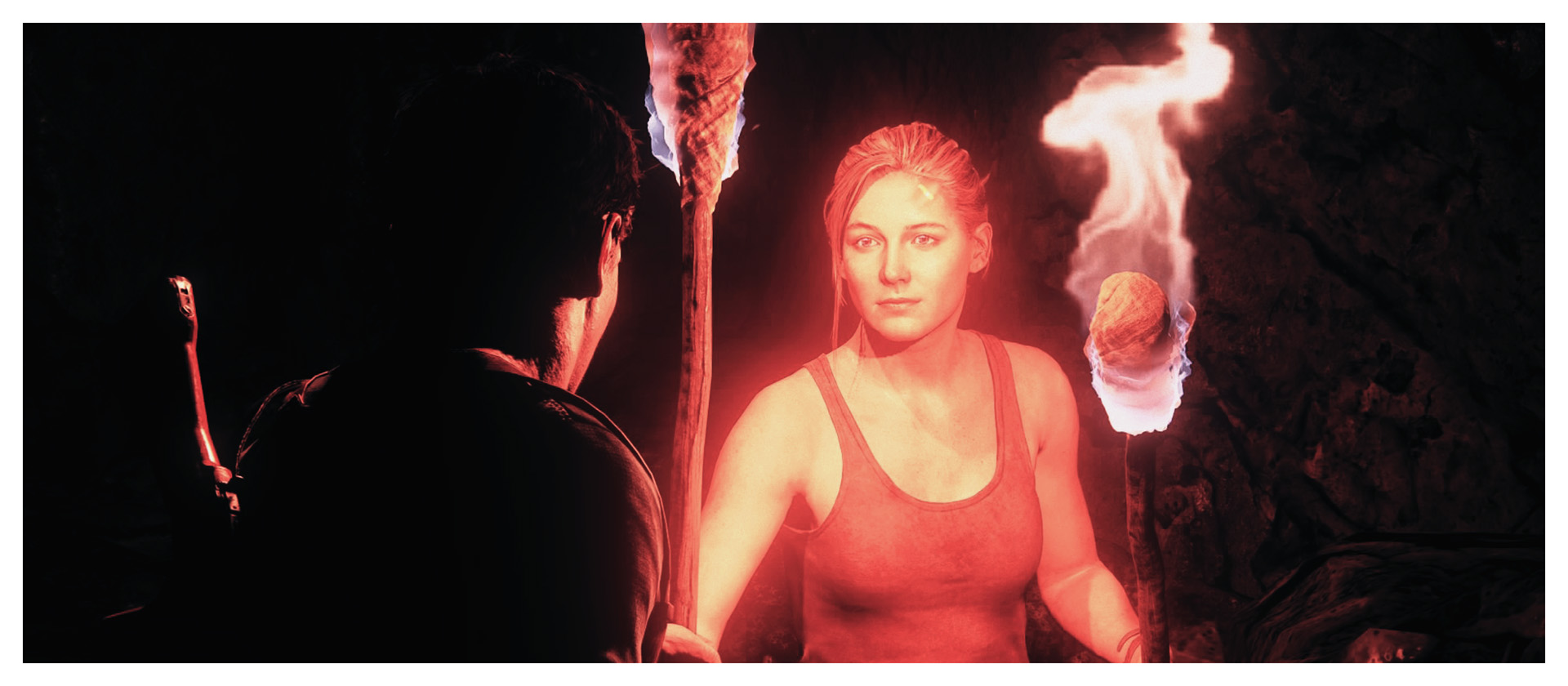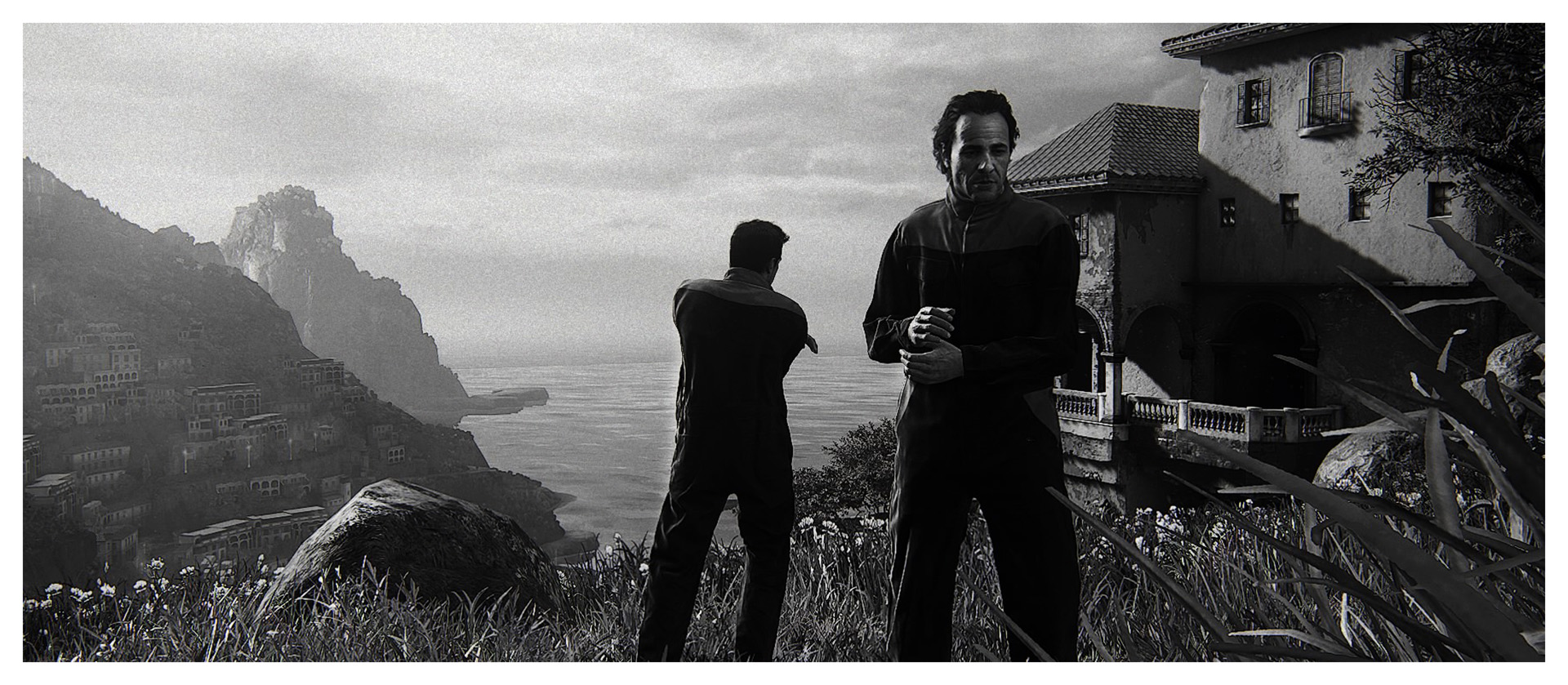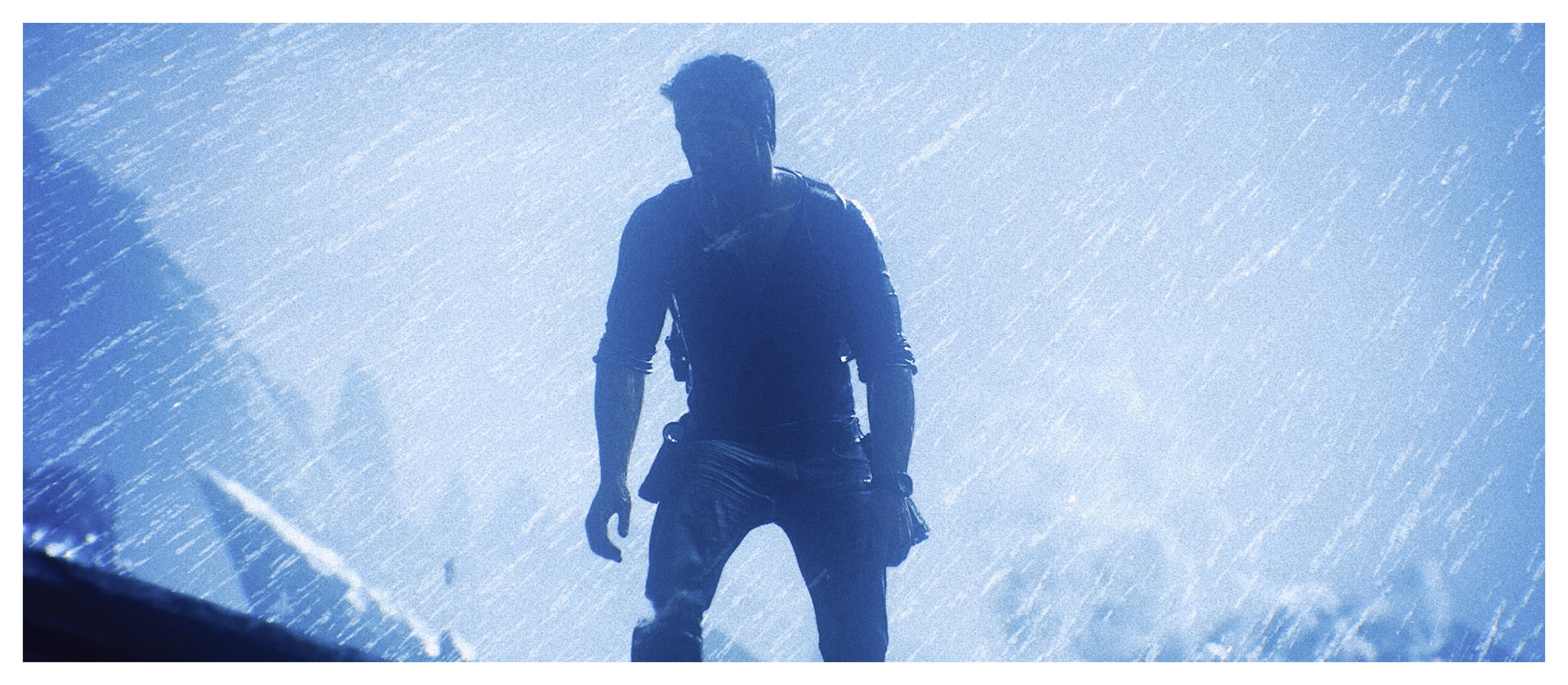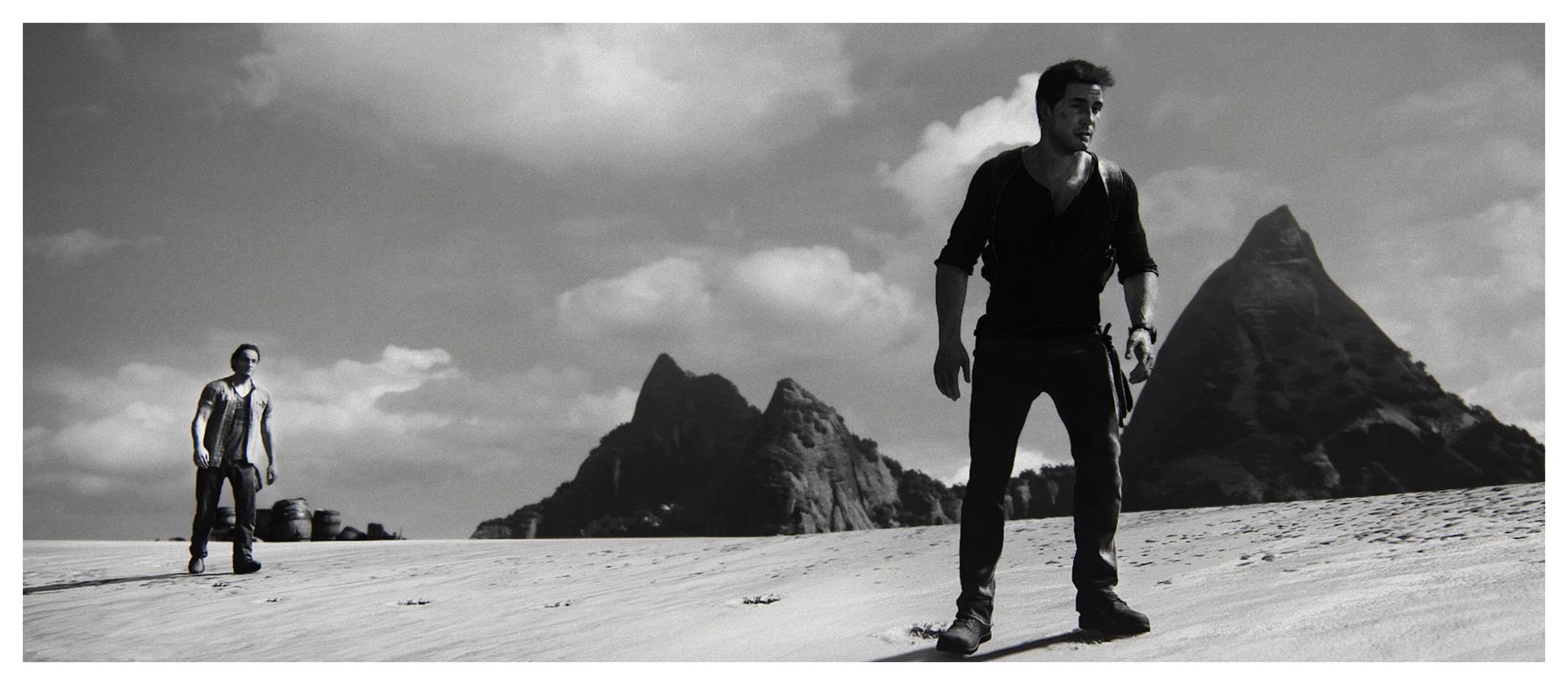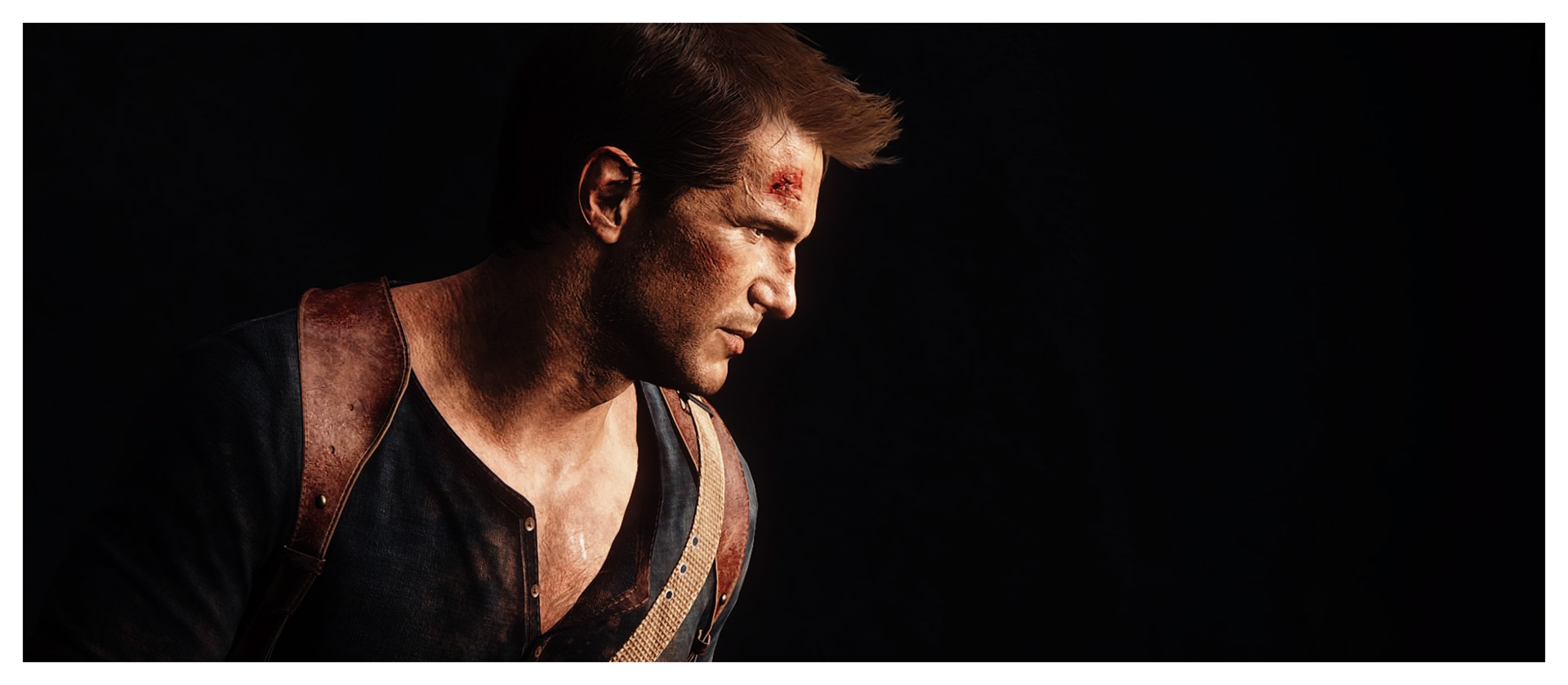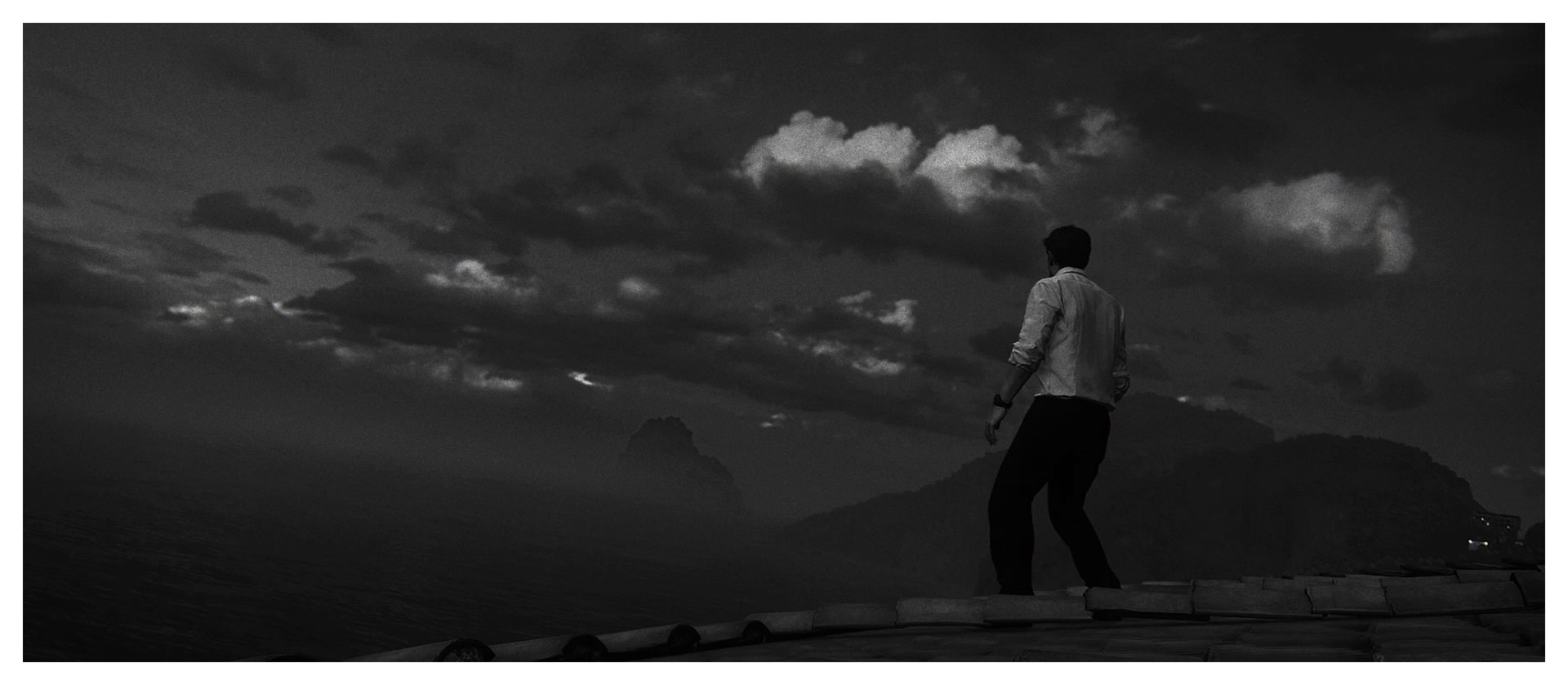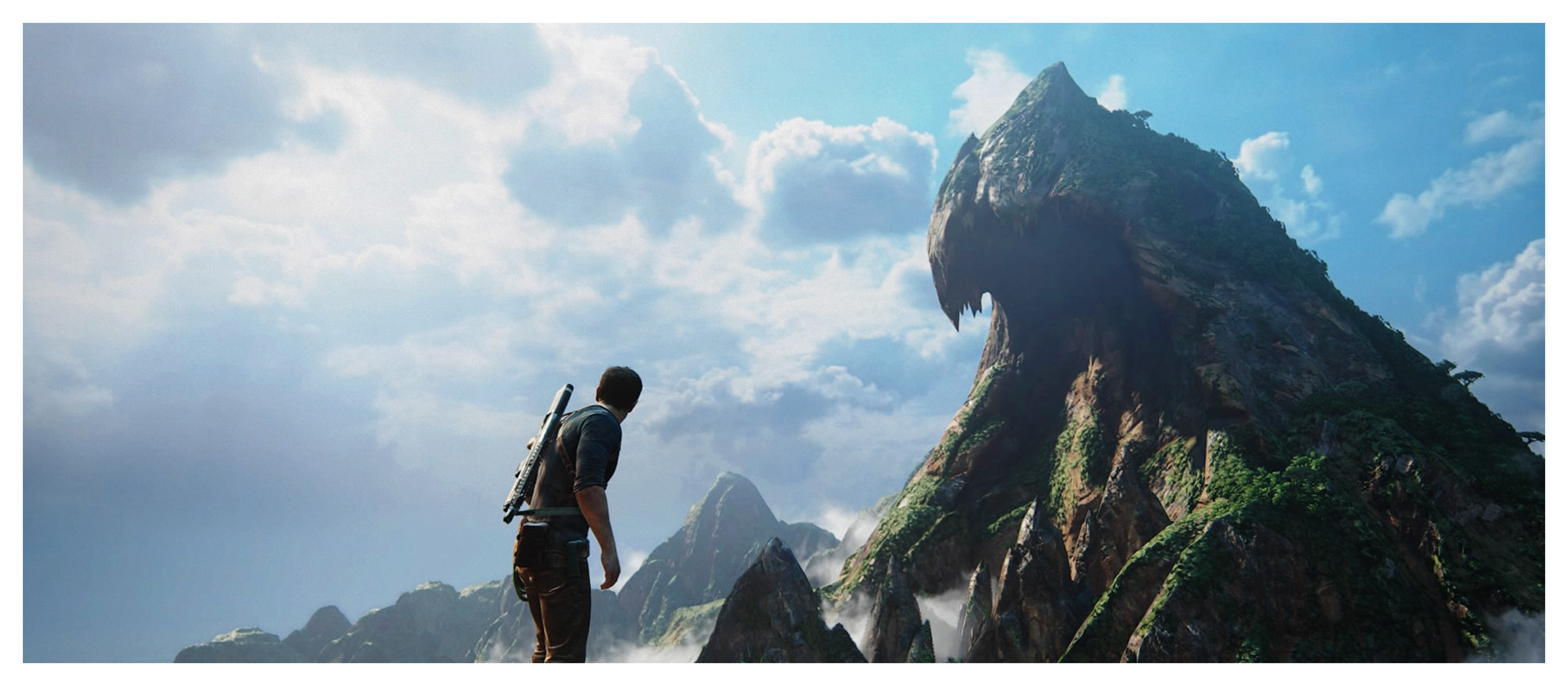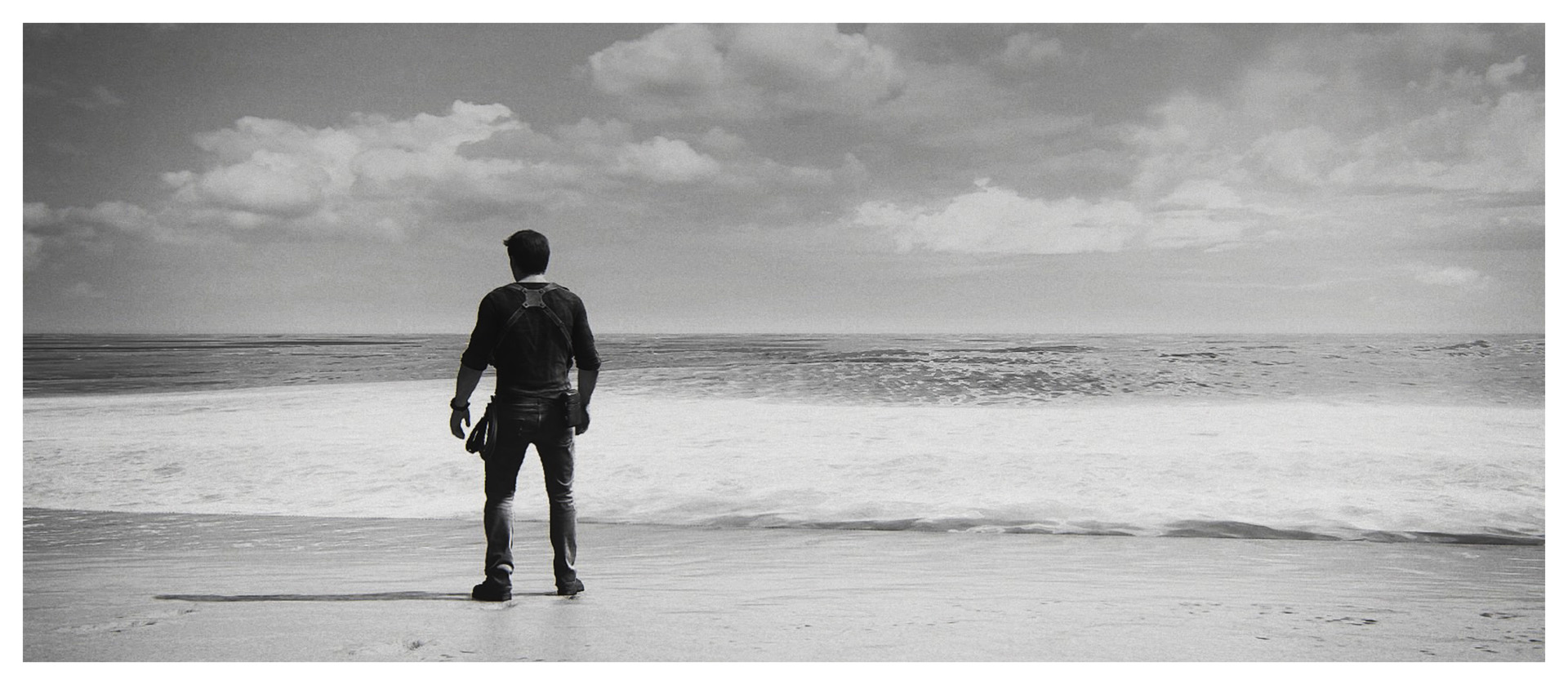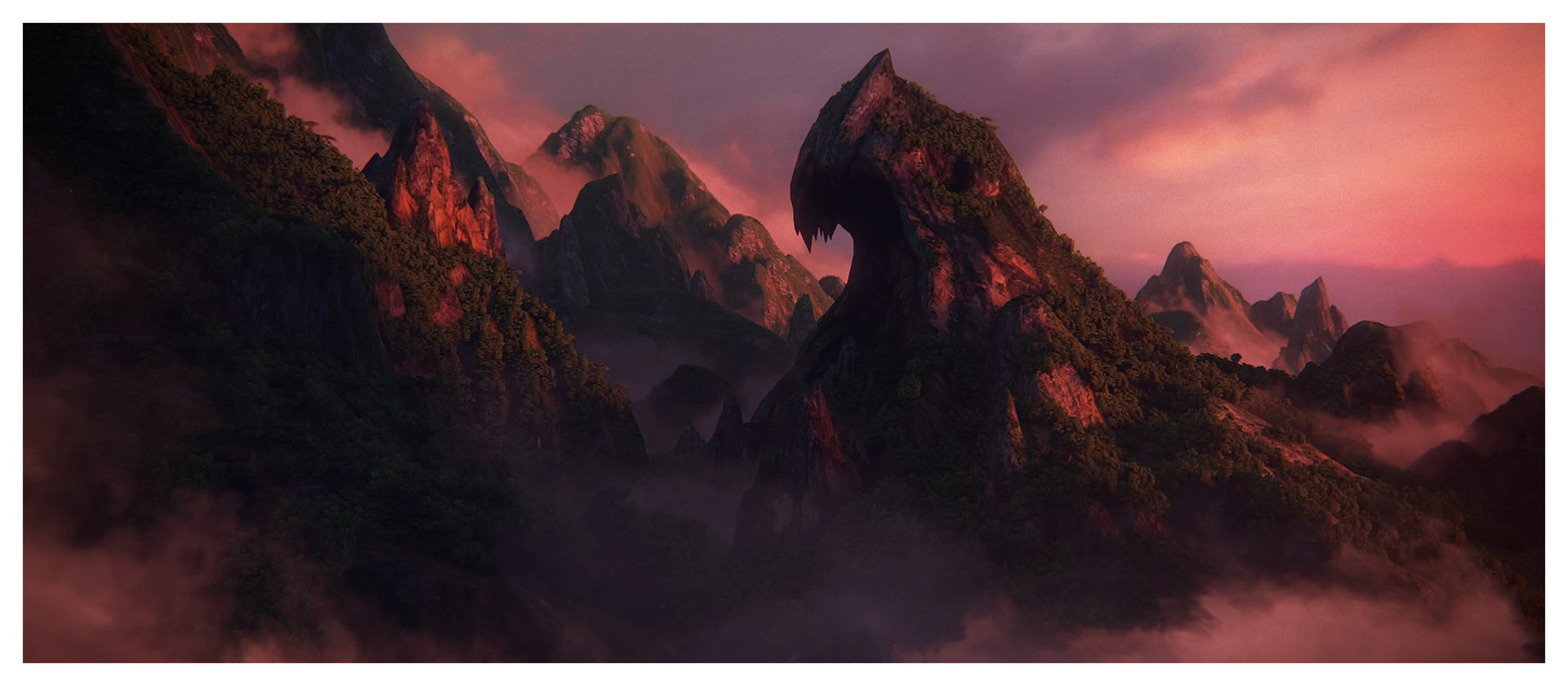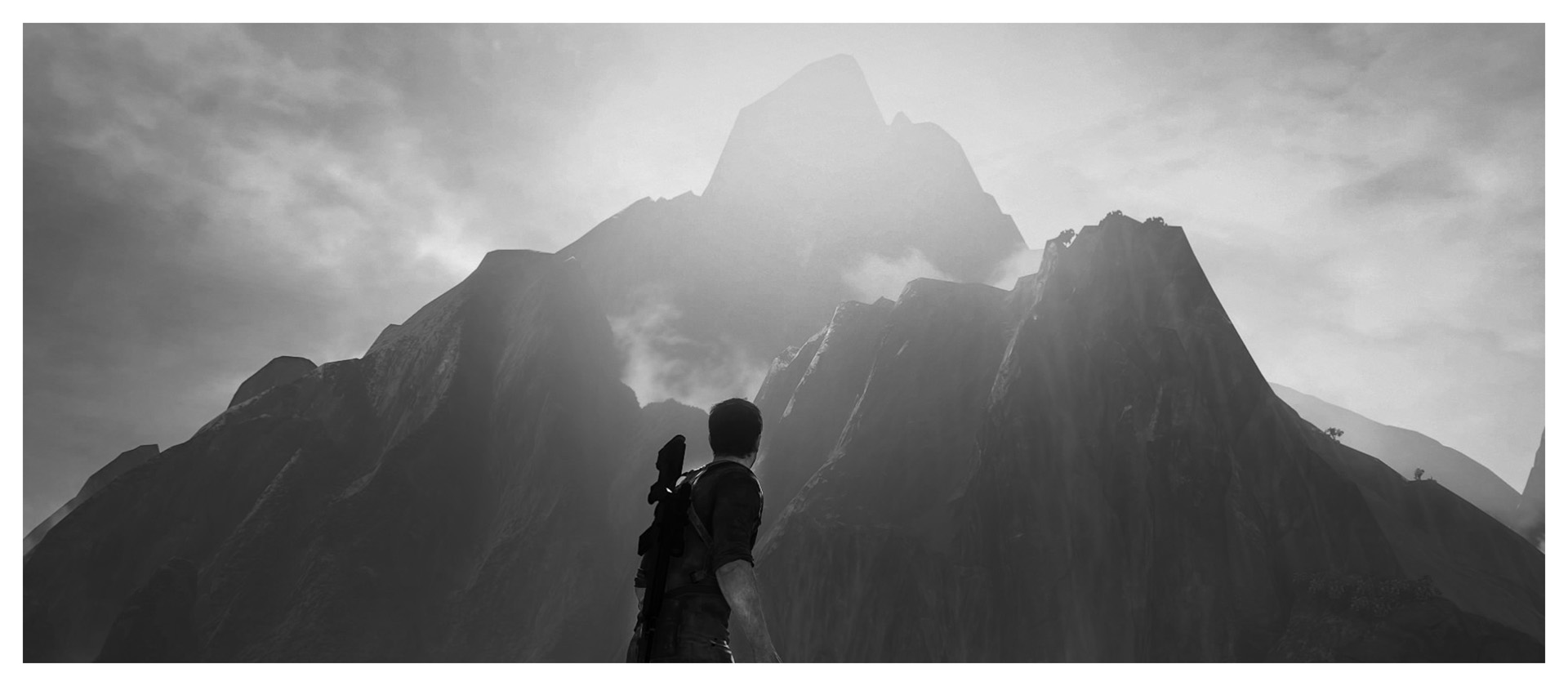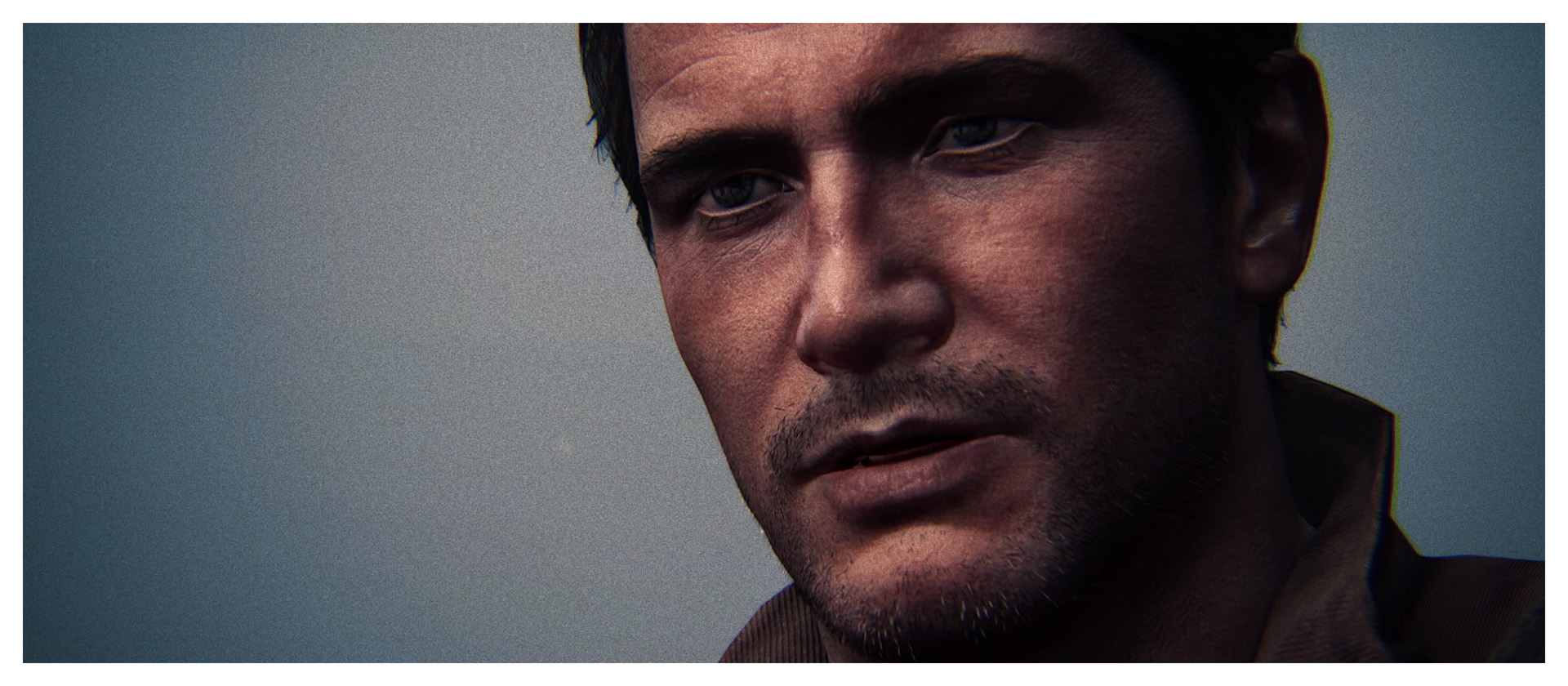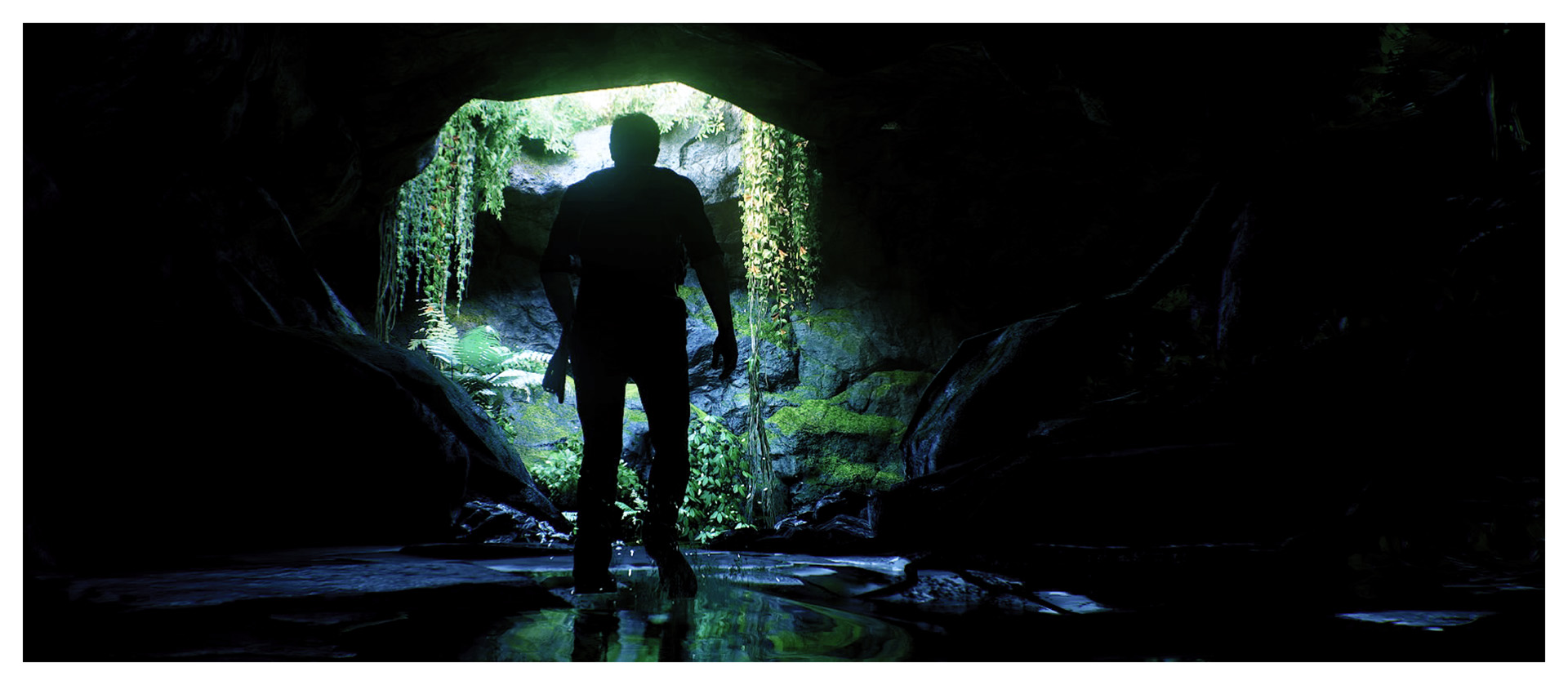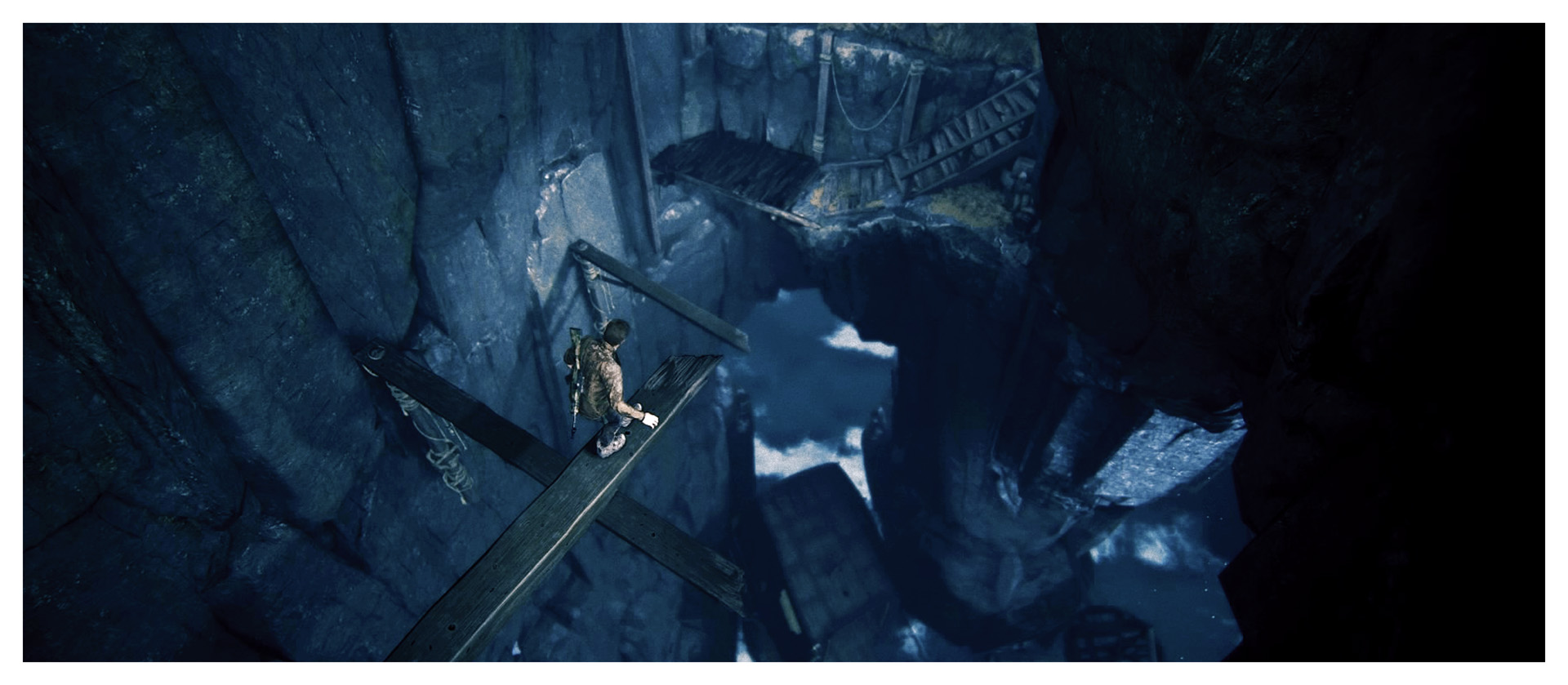The entire film can be viewed here. Please watch the film before reading, SPOILERS AHEAD
back to the roots
It’s safe for me to say that the process of making your thesis film at a three-year graduate film program can be an exhausting and emotionally draining process. One might find themselves struggling for inspiration, approval, validation, and meaning while the pressure builds in the background. On the one hand, it is an educational institution offering a Master of Fine Arts degree. On the other, the program offers a student the chance to explore artistic and personal growth. To some, it can be a blast or just a goof—eye of the beholder situation. My thesis fell somewhere in the middle. I made it, the ride was wild, the final screening with all of my favorite people was incredible, and then I locked it in a safe and forgot about it. I guess the biggest question you might have is, why has it been sitting dormant for so long?
Let’s back up a little bit. In 2013, I entered my third year at Ohio University’s MFA Film program, and it was time to begin the thesis journey. Those three years taught me what kind of person I am and unlocked parts of me that I didn’t even know existed. I grew in ways I never would have imagined, made everlasting friendships, and found a second home in Athens, OH. Seriously, that place has a power that brings me to my knees every time I return. I also made an awful lot of mistakes in my time there, and I definitely have deep regrets. For a long time, I thought my thesis was one of those regrets. But I no longer find that to be true.
During the summer of 2013, I had been racking my brain trying to come up with something substantial for the script, knowing full well that my goal was to make a simple, linear, old-fashioned drama about a couple characters, sitting in rooms, talking, working out some shit. But I didn’t want to repeat mistakes of my previous films (my second-year project—directing a script written by a classmate—did not go well), nor did I want to walk away with a film I felt entirely lukewarm about. I had to dive into the deep end.
Since high school, I’ve tried to make compelling narrative dramas; I usually failed. In general, dramas tend to be my brand, though I’ve often hid behind gimmicks of surrealism or clever editing tricks to gloss over the lesser developed dramas I built in the past. But in doing so, my focus always seemed to lean toward developing the tone of the piece instead of the authenticity of the drama. Okay, got a handle on tone. Great. With this film, there wouldn’t be any room for sleight of hand or tricks—the drama would be king, and at the center of that drama is a symmetrical relationship between a child and their parents, and all of the odd asymmetry that those relationships also present.
deconstruction of the self
I need to express definitively right now—this film is not me. It is not my story. However, my life exists within the bones of the entire film. The details, the expressions, the frustrations, the fears, they were born from a place deep within my own experiences. But I specifically abstained from “writing what I know” as the saying goes, instead opting to explore a type of story that I truthfully don’t know much about that required more imagination. I wasn’t interested in an autobiographical film.
Of course, my brain is a ball of messy emotions and furious memories, so what I interpret as a simple drama tends to morph into something else entirely. And despite every artist’s intentions, their life will rub off on their work like smudged fingerprints. As the summer came to a close, I had a bit or a revelation—the story I tried to tell in my first year and quickly abandoned because it was far too “ambitious” (it would have been a nightmare to shoot), needed a few simple adjustments and boom—Last Call, as if having blown in on a swift breeze, finally landed on my desk. My time at OU seemed to have found a perfect complimentary epilogue to the prologue of my first-year film A Year, a movie in which the protagonist learns to let go of the past that haunts her. Both films require a character to move on from traumatic events in their lives, and to this extent, they are my most personal works. So, how then are they not autobiographical? Well, I guess you could make the argument that they are. The story for A Year came from the lead actor, and Last Call came from a simple “what if” scenario. The gaps were filled in by me.
get to the point
This leads to something I think about often—point of view.
I was recently reminded of a talk Jeff Nichols gave regarding a filmmaker’s point of view. Discovering one’s point of view is one of the most important lessons for a filmmaker to learn. He asked questions like what does the story mean to you? How do you relate to it? How do you feel about the characters? For example, every actor learns that finding those salt-of-the-earth truths about their character in every moment provides as much fuel for a scene as one could possibly need, and that goes equally for a filmmaker. Every moment requires a point of view.
I truly believe that having a point of view as a filmmaker is one of the most important skills to build, and this film required deeper introspection. Maybe it was another therapy session for me, working through my demons and insecurities, but I had something I needed to get out there, and at the time, this film just had to be the vessel for that expression. There’s a musicality to drama, and just like the music in the film, you never really know what surprises await you.
For whatever reason, I write women into the lead roles of the films I make. I can only count a small handful of times where this wasn’t the case. I’m not often interested in the struggles of men in terms of my own creations, and yet I’m obsessed with studying masculinity in society. Weird, right? Maybe it’s more fun for me to view the men in my stories through the lenses of the women closest to them or those whom they’ve hurt.
This film originally existed with the father as the protagonist, returning to his daughter after many years to rekindle a relationship with her before he runs out of time. We find out through a long conversation in a bar (which slowly transforms as they walk back through their memories) that he’s been given a very grave diagnosis, and knows his times is up. It just didn’t work as a short film from that point of view. But if the tables were turned, well, it just might work.
Here’s the skinny—I have never truly felt comfortable identifying as a man. In terms of gender, I can easily hide behind one of the many masks of masculinity, and I can talk the talk, but the simple truth is that what RW Connell refers to as hegemonic masculinity (look it up) exists at direct odds with the way I see myself and society at large (I was a sociology student at Kent State, surprise surprise).
It’s been interesting rediscovering this film after so many years. Working in the film industry, particularly in grip and electric, I don’t often get a chance to express myself in meaningful ways. The job creates pressure to conform to specific gender roles and specific gendered behaviors (“locker room” talk being an example). It’s clear that this film touches the elements of my gender queerness, but I don’t think I realized it until now. It makes me miss those parts of myself. So when I set out to find the cast for this film, I needed to find people who understood the paths, personalities, and goals of these characters. I needed to find people who made me feel comfortable and safe.
actors are my people
When it came time to find the actor to play Olivia, the lead in the story, there was no question in my mind who should play her. My friend Caroline and I had made a number of films together during our college years, and it felt right to close out my time at OU with one of my most cherished collaborators. There was a trust and understanding between us that goes well beyond friendship and artistic similarities, and that made the entire process exponentially easier and rewarding. She carries the film with such grace and emotional clarity, and I’m so proud of her to this day. I could go on and on extolling her strengths, but all I have to say is that Caroline possesses a fiery passion, an emotional wholeness, and a willingness to communicate that is kind of rare in this world. FYI, she’s not a trained actor—she’s just got that special something that makes her great on screen. She didn’t bat an eye at the subject matter and approached every moment with honesty and integrity.
Aside from getting through the often bureaucratic-like maze of thesis film approval in the program, the next major hurdle was finding the story’s other lead, Andrew. On the recommendation of a friend, I sent Rick an e-mail about meeting over some coffee to talk about the script and the character. My process for casting is pretty unorthodox, which usually involves hanging out, having drinks (coffee or booze), and talking. I want to know the person, hear about their interests, their motivations, their fears, their regrets. I put mine out there, and I put them on the page, and I want to know that the other person is willing to go there with me, just like I’ll go there with them. I’ve always been an open book if someone asks, and I found another open book with Rick. We hail from the same town, so having our first meeting was like coming home both literally and figuratively. We met at a terrific coffee/gelato cafe (that’s no longer there, sadly). There was an immediate respect and comfort, and we had a fantastic conversation about film, art, music, life, and, again, regrets. Rick clearly felt a kinship to the character and brought a deep well of life experience to the role. What came out in front of the camera is undoubtedly genuine.
Though their parts were quite small in the film (one was ultimately cut for time), I have to point out Heidi Wilhelm as Elizabeth and Alex Nicosia as Jonathan. These actors are people I greatly admire, and I was desperate to find a place for them in a film. Heidi and I had been on plenty of sets together, and her energy always brought me joy, but I wanted to see her play something very quiet, subtle, and warm. She’s just got a warmth about her that seemed so perfect for Olivia’s mother—and she really brought it. For Alex, much like Heidi I was attracted to his warmth and compassion, and that’s exactly what his character needed to show Olivia. In the story, Jonathan is her rock, her foundational support. He’s also the person who convinces her to go on this journey of painful discovery, knowing full well it’s what she needs to do. Unfortunately, his scenes did get cut because of time constraints and pacing problems…it was becoming yet another short film that wants to be a feature, and that felt like failure on my part.
Heidi as Elizabeth, Olivia’s mother
Caroline in a deleted scene
Alex in a deleted scene
And last but certainly not least is Lisa Bol, who plays Janet the Bartender. Lisa’s boundless talent radiates every time I see her perform, and she’s also an absolute treasure to be around. Again, I knew it was such a small role (that was eventually cut even smaller), but I had to have her in this movie. We’ve talked so many times about other projects we’d like to do together, but I need to gush about her for just one moment, so I’m going to say put Lisa in everything.
Lisa cracking everybody up during a take
I’m extremely proud of the work every actor did on this film. Here’s something most don’t know about me—I love watching actors work. Absolutely adore it. I find them to be incredibly brave people for allowing themselves the freedom to express emotions in front of others. The world can be cruel, humble, kind, loving, disastrous, feeble, and tumultuous—actors get to describe all of that to us with their bodies and their voices. What they do fascinates and tickles me in a way that’s hard to describe. Every time we do a take, and talk some more, and do another take, I get as jazzed about the next one as they do. For me, film is about people and how they relate to each other. It’s about the symbolic interactionism between them, the looks in their eyes, and the breadth of feeling they can muster. The stories I tell, and the stories I enjoy consuming, are about everyday life, and all of the little moments we often forget that end up shaping us. Every image has an emotional quotient, just like every behavior, and the jigsaw puzzle of stringing these images together to create a tone, a mood, a world, a story, and characters gives me the jolt of life that I need to keep going.
I think there’s an alternate world where I’m an actor. Having acted in short films before, I did enjoy the adrenaline rush of performing in front of people and a camera. There was an element of catharsis in ever take, and perhaps that’s why I’m also compelled to make films. I’m constantly looking for something I can’t quite put my finger on, and filmmaking helps me contextualize and shape my view of the world and people around me.
production and the team
The gang getting ready for the day’s shoot. I love these people <3
1st AC Jeremy Zerechak and 1st AD Emma Holman-Smith having some fun
Sleepy times on set with Rick and Kyle
So, as production neared, the team assembled. We were a modest group of artists, technicians, rebels, and dreamers, but everyone worked extremely hard every day. Our shooting schedule was also quite modest with four ten-hour days, but we squeezed an absurd amount of content into each day. In particular, all of the scenes at the jazz club (of which several were cut from the film…actually, a lot of scenes and an entire character were cut) had to be shot in 1.5 days. Not only did we have two complete musical performances and three extensive dialogue scenes, but we also had dozens of extras to manage from scene to scene, which meant scheduling a lot of our content each day around which extras we needed and their various wardrobe changes. I have to give so much unbelievable credit to Emma Holman-Smith, Kyle Kruse, and Sara Swartout for finding all of these fantastic extras, organizing everything, and making sure that we had exactly what we needed at every moment. Looking back, it’s insane how much ground we covered in such a short amount of time.
the crew assembles
Everyone involved with the project deserves special recognition, but I want to remind everyone that Kyle Kruse is an incredible producer. He made everything happen without hesitation. He even provided amazing home-cooked meals for everyone on set and also reestablished a connection between the School of Film (or Film Division) and a local hotel in Athens whose bridge a previous student film shoot had burned severely (like, very severely). But Kyle convinced them to give us a shot, and we didn’t fail. I’m not sure what it was about Kyle that convinced me to sit down with him at a local diner and ask him to produce the film, but I’m so thankful that I did, because Kyle was committed to the project from that very conversation on.
Emma Holman-Smith managed my temperament as well as the film’s schedule and daily proceedings like a champ, even smacking some sense back into me when I had a little freakout. Story for another time. Your patience with me was invaluable, and your willingness to make the tight schedule work was beyond selfless.
Sara Swartout managed to fill a club with extras practically in her sleep. I honestly don’t know how she was able to assemble so many people willing to work on a movie so quickly, it was kind of astounding. She also landed band members for our little musical troupe in the film.
Michael Greene lit the movie beautifully and provided plenty of support and good humor. That’s putting it lightly, because he’s one of my favorite collaborators, and it’s hard to imagine doing this film without him.
Leo Sideras came through with a tremendous level of skill, patience, focus, and good vibes. Our sound design for this film became far more complicated than I had imagined, and he didn’t seem to sweat it once.
Jeremy Zerechak kept the camera department rolling smoothly and made me laugh pretty damn hard. Jeremy and I hit it off day one of our first year in the program, and I’ll always cherish our time watching movies, drinking at Jackie O’s, and talking about Full Metal Jacket. I just had to have him on the team.
Keelan O’Sullivan was our key grip, and he worked so swiftly with Michael on G&E, it was crazy how fast they were able to set up a scene. Keelan’s perspective is something I value tremendously, and his attitude on set made things so much better. He also stepped in to do other jobs he hadn’t signed up for, but guess what? He knew how to do them.
Tessa Louise McCall and Marina Bussandri came through big time pulling double duty on our production design and HMU requirements. These British gals really know their stuff, and they also brought such an air of cool to the set. Miss you both.
John Kerfoot stepped up to AC for us on a couple days, and that really put some pep in my step. Kerfoot, you’re a treasure, and I sincerely miss our conversations about film.
Jenny Tully, you came down to Athens to assist on a day of pick-ups, but you’ve done far, far more than that. You’ve given me such insanely generous support over the years, and you’ve helped shape who I am as a filmmaker.
Lindsay Adams and Matt Cook, thank you so much for stepping up to the task of script supervisors. I desperately needed someone attentive and focused to help me keep track of the script, the takes, the performances, and all of those pesky continuity details. You were both so wonderul.
it’s about the music
There’s also the profound issue of requiring music to perform live on set. Go figure, I write scenes involving jazz musicians with the intention of recording live performances on set. To the rescue came Kevin Stokes, an extraordinarily talented composer and musician. After reaching out to a friend about finding composers, she came up with Kevin, and I thank my lucky stars every time I hear the music. Kevin and I had a chat about the film, and as if out of thin air, he had tracks ready for me to hear. It was uncanny how he did it.
Kevin playing live
So here’s a fun story—Kevin was coming in from West Virginia, and by some miracle, we also managed to pull together a band for him to perform the songs live on stage, as well as in the studio. Our sound designer Leo Sideras, being the genius wunderkind he is, managed to help me get everybody together in a studio the very night before principle photography began to lay down the tracks that we would play back on set. Talk about anxiety—we’re on the eve of production, and we’re all in a recording studio mixing a couple songs with a band who only met that night. But this is how the entire shoot went; everything just sort of fell together when it needed to do so. Kevin, I am eternally grateful for what you gave to this project.
creative license, authorial rights, and representation
SPOILERS
So then, there’s the elephant in the room—how do I tell a story about a transgender character tracking down her absentee father, whom she hasn’t seen in many, many years, and have them hash out some deep-seated issues and catch up on years of questions? Well, as I found out, the trick is to just do it. Sit down, look each other in the eye, and get on with it. Olivia’s an enigma for the majority of the film, and that was mostly by design. I didn’t want Olivia’s truth as a transgender woman to feel like a shocking twist; it needed to feel as authentic as possible. It needed to become clear to the audience just as it does to Andrew, all of a sudden. I fought this every step of the way, thinking that we had to create her identity on screen first. But much like most people’s real identities, you will never truly know or understand it unless they want you to know it. I eventually realized that the only way this particular story was going to work was to engage completely with the idea of a twist. So, I made a difficult choice for the reveal—it would be a dramatic twist. There. I said it.
I wrestled with this issue for a long time. The idea felt right, and it made for good drama in the narrative. But as the years have gone on, I’ve asked myself more and more whether I had any right to tell a transgender story, particularly in this way. I worried that the twist would feel cheap, like I hadn’t earned the right to dramatize this moment. I worried that I would offend people or that someone would accuse me of trivializing a monumental event in a person’s life. Sure, I do identify as part of the LGBTQIA community (surprise!), but I don’t know a trans narrative intimately. So, how could I tell this part of the story? The answer is simple—as truthfully as I possibly can. There’s no magic to it, just write a story that’s as honest and earnest as possible, do your research, and don’t take any moment for granted. Accept it all, nurture every beat, and let the actors do the work they signed up to do. The story will take care of itself. We can get into all kinds of conversations about representation on screen as well, and I welcome that., especially these days. This process was a learning experience for me, and I like to think I’m now far wiser (I really hope I am).
making it relatable
Last Call is a story about a character finding the courage to face down one of their greatest fears; it’s a story about two characters reuniting after nearly fifteen years of absence, only to find out that neither is who the other thought they were; it’s a story about struggling to find meaning in the wake of tragedy. This film was a chance to put a lot of fears of my own to rest.
I often reflect on the way this crew managed all of the difficulties of our shoot, the difficulties of a director putting too much pressure on himself and the film, and the way all of them, in their own unique ways, supported the project. They gifted their time, patience, skills, points of view, and senses of humor to me for four incredible days, and I cannot be happier to have made such memories with them. I won’t drone on and on or wax poetic, but I will say that I love all of you, and I truly hope that you understand just how much your participation meant to me. We formed a bond that is pretty damn hard to break.
Finishing this film and finally sending it off into the ether feels an awful lot like Olivia and Andrew’s reconciliation—bittersweet.
Enjoy a few behind-the-scenes stills from the production, thank you for reading, thank you for watching, thank you for encouraging, and thank you for inspiring.
Keelan O’Sullivan, oustanding key grip who can also sub in for sound like a pro
Talking through a scene
My favorite place to be on set—with the actors, working the material
Three filmmakers doing what they love
